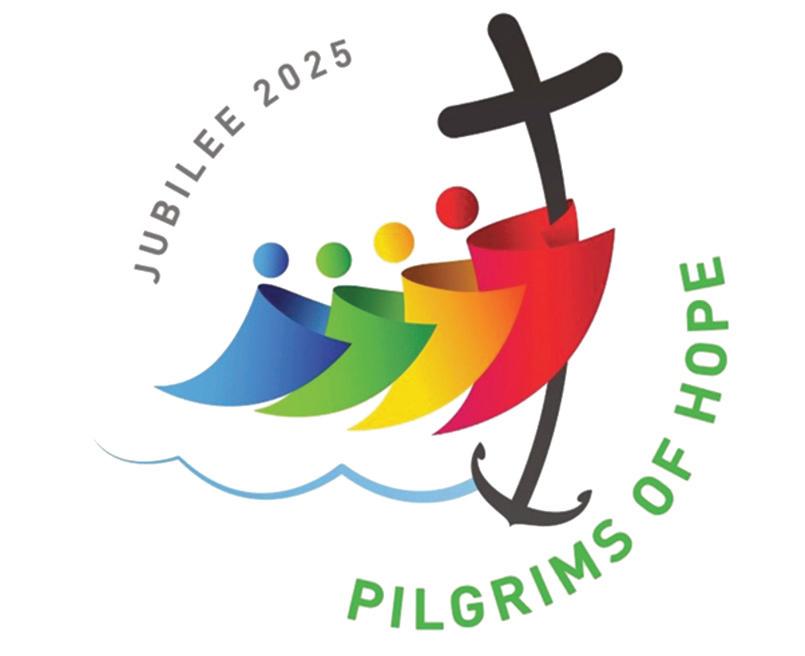

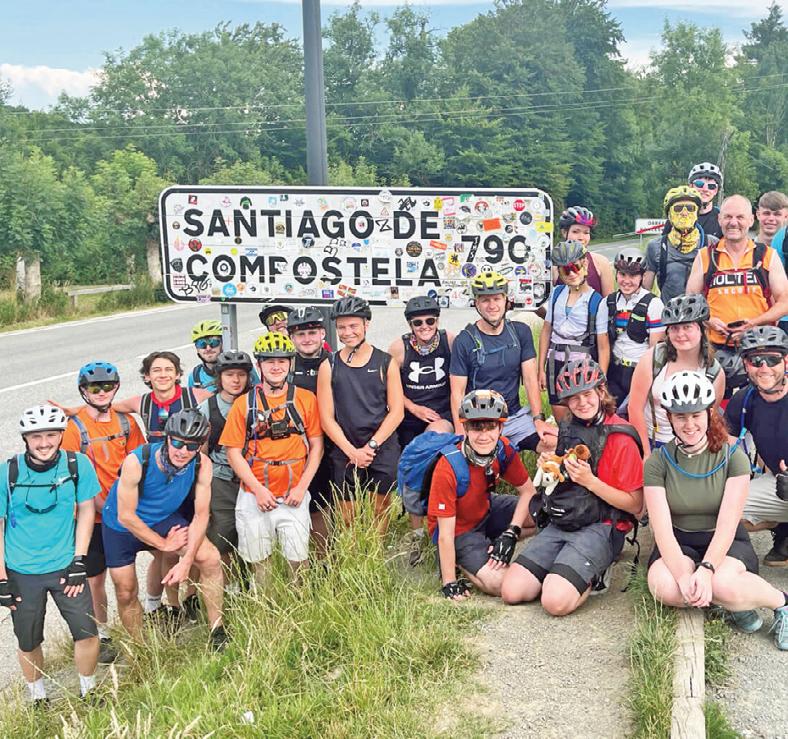


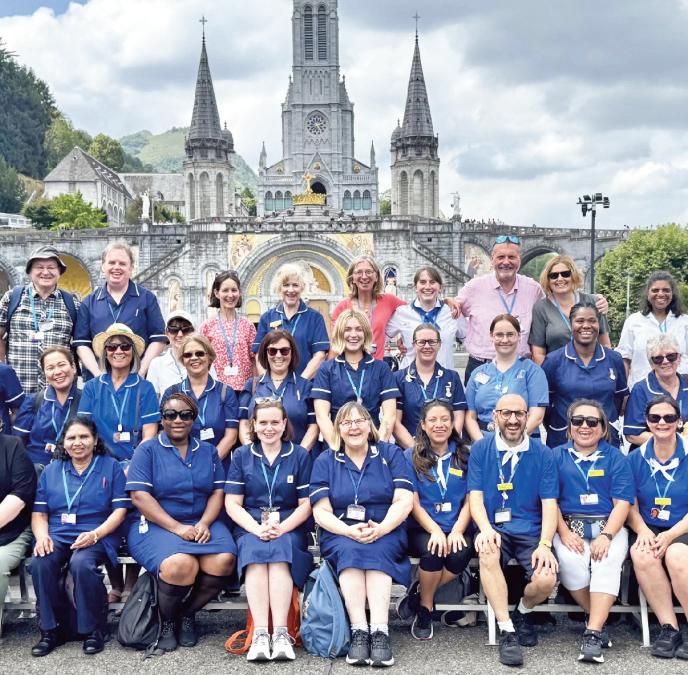
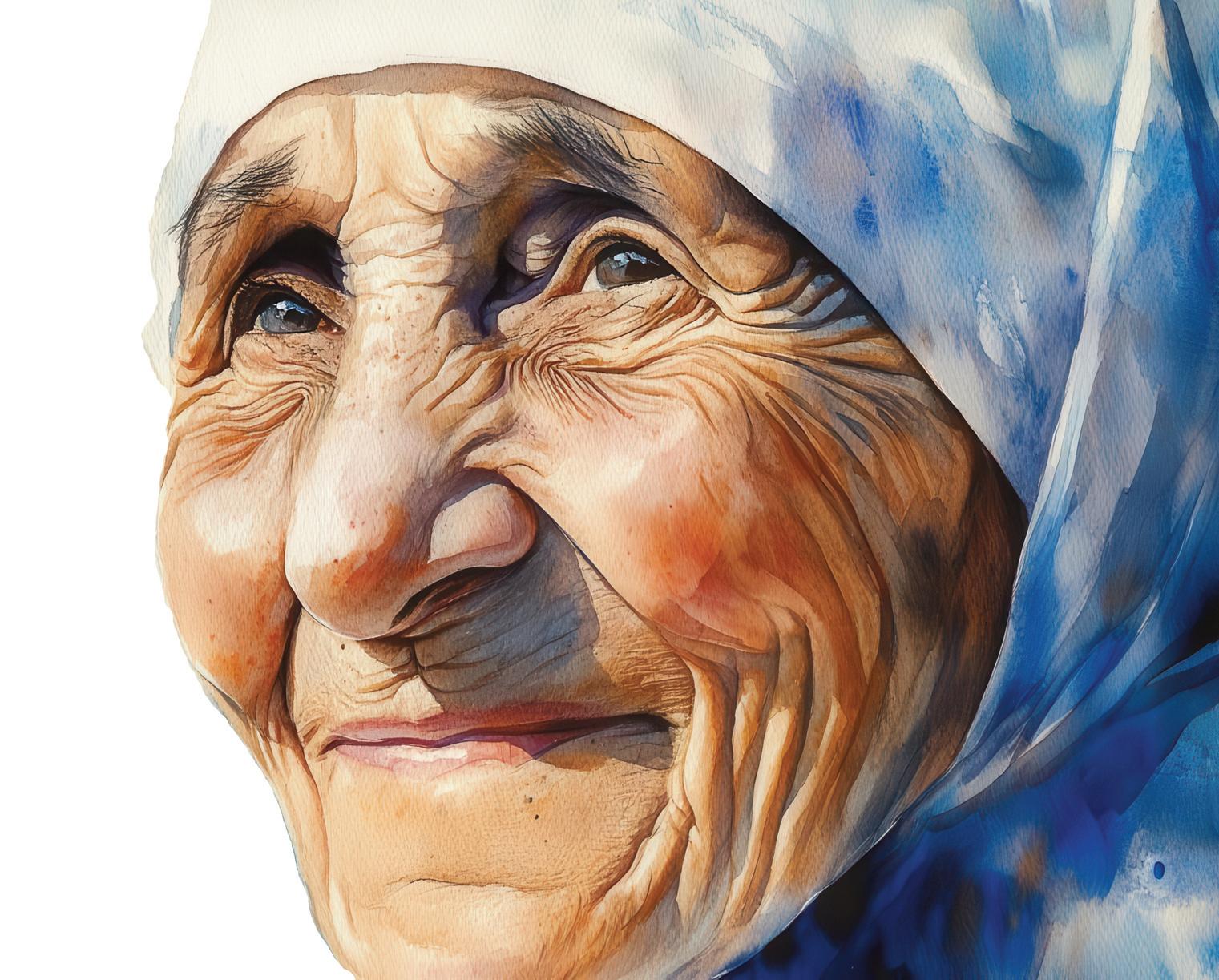










I first stood at Tor Vergata in 2000. Returning for this Jubilee, I watched a new generation pray, sing, and be sent as witnesses of Christ’s hope, joyful disciples for today’s world.
For me, the location itself turned the days into a pilgrimage of memory. The last time I was in that field was World Youth Day 2000 with Saint John Paul II, packed in with 2.5 million young people, the largest gathering in the history of Europe. Coming back twenty-five years later was unexpectedly emotional. In 2000, I travelled with the Diocese of Westminster, backpack on my shoulders, utterly unprepared for sleeping overnight in a vast field and without a care in the world and little sense of how those days would mark me. We slept little, laughed, sang, and prayed much and friendships were forged that I never thought possible. Seeing a new generation at prayer where we once stood made one truth unmistakable: Christ’s promise to be with His Church endures – always and for everyone.
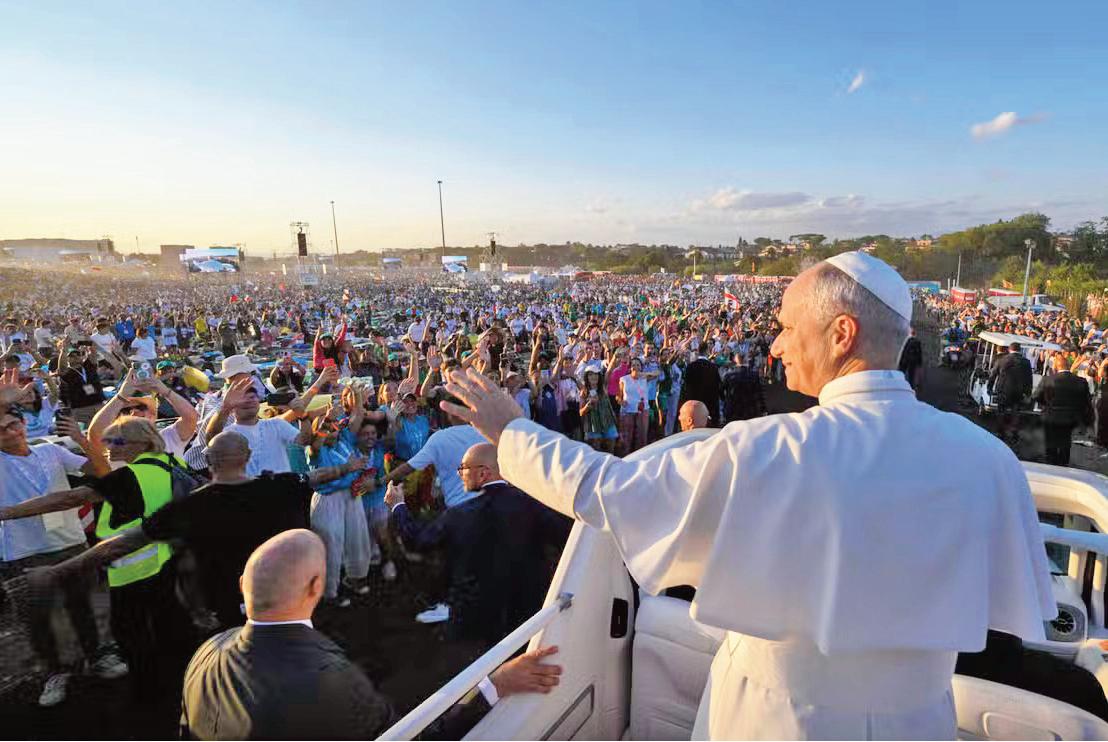
Around one million pilgrims were estimated at this year’s Youth Jubilee. Pope Leo XIV led a dialogue-style prayer vigil in which three young people from Mexico, Italy, and the United States asked about friendship, the courage to choose, and how to meet the Risen Lord in daily life. The Holy Father’s answers, rooted in Scripture and Saint Augustine formed a simple pathway.

On friendship. “Our life begins with a bond,” he reminded us. We grow through relationships and the cultures that shape us, which must be read with discernment embracing what is noble, rejecting what harms. Friendship with Jesus is our “guiding star,” the love that makes human friendships sincere, generous, and true. Hence the appeal: “Dear young people, love one another in Christ!” Because “friendship can
given
truly change the world. Friendship is a path to peace.”
On the courage to choose. Choosing is not merely selecting something; it is deciding who to become—ultimately, “choosing someone.” We learn to choose by remembering we were first chosen: life is a gift, born of Love. Anchored on that rock, choice “always leads to
the greatest good.” Courage flows from Christ’s love: “It is Jesus you seek when you dream of happiness.” The Pope pointed to radical, meaningful vocations - marriage, priesthood, consecrated life where self-gift makes us truly happy. His invitation was direct: “Find the courage to make difficult choices and say to Jesus: ‘You are my life, Lord.’”
Continued on page 4


CONTACT US:
The Catholic Post is published by its owners CathCom Limited and is wholly independent of and separate from any previous newspaper.
The Catholic Post is published on the last Sunday of the month previous to publication date.
EDITOR:
Nick Layton
email: editor@catholicpost.co.uk
ADVERTISING:
Charlotte / CathCom Ltd. 01440 730399
charlotter@cathcom.org
DESIGN & LAYOUT:
David Lodge, davidl@cathcom.org
PUBLISHED BY:
CathCom Ltd. N2 Blois Meadow Business Centre, Blois Road, Steeple Bumpstead, Haverhill, Suffolk CB9 7BN 01440 730399
ARTICLES TO:
The Catholic Post email: editor@catholicpost.co.uk or davidl@cathcom.org
Please send articles for publication by email, supplying any photos separate to the text We welcome contributions
Here are answers to some basic questions about writing for The Catholic Post How long should articles be?
Usually it seems to work out best if contributors simply say what they have to say and let us worry about finding a spot for it in the paper. What is the submission procedure?
Please send as a Word file attached to an e-mail. To submit articles for publication, send to editor@catholicpost.co.uk
Charts, graphs, and photos should be submitted as separate PDFs. Electronic photos should not be embedded or pasted into a Word document as this reduces their quality.
Photographs and Illustrations
Photographs and Illustrations should be supplied electronically as high resolution JPEG (*.JPG) files).
Photographs and illustrations should be sent in colour with a resolution of 300 dpi and a minimum size of 100 mm x 100 mm when printed (approx. 1200 pixels wide onscreen).
Computer print-outs are not acceptable. Screen captures are not ideal as they are usually not very high
Parental permission should be sought before submitting photographs of minors.
Source information -
DW = Diocesan Website.
ICN = Independent Catholic News
Views expressed in The Catholic Post are not necessarily those of the editor Last date for copy is the LAST DAY of the month prior to publication.
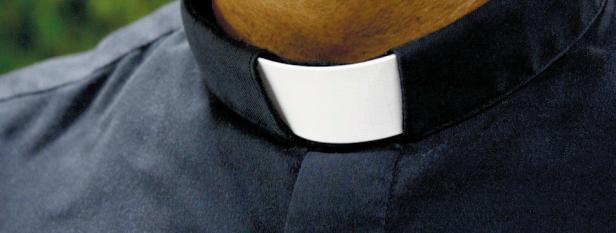
I surprised myself recently by making up a play list on my mobile phone. I spent a happy few hours remembering and saving favourite music to the list. It captures many years of my life and triggers some wonderful as well as difficult memories over the years. In my youth when a significant relationship ended suddenly the song “I heard it through the grapevine” meant a lot to me. Later on, in sixth form, “Yesterday” by the Beatles made an impact and I learnt to play it on the guitar. Other songs on my playlist include a classical piece “Pavane for a Dead Princess” by Ravel which helped me through the sad memories of my younger brother’s death. Then there are some humorous Irish songs that remind me of family musical evenings. Later I added other more reflective songs like “Grateful” by Art Garfunkel and “I’ll Find My Way Home” by Jon and Vangelis both of which I have used as a priest to help young people to reflect on their lives. Putting a playlist together is a very personal and reflective process. It involves remembering and noticing that certain songs take one back to a specific time, but they also evoke feelings which may be pleasant or challenging. The list is a record of the inner life and well worth thinking about. Why did I put that particular song in? Was it the mood of the song, or a special memory? Perhaps it reminds me of certain people with whom I have shared my life. Your playlist, when you build it, will say something about who you are, your experiences, values, relationships and your personality. It is a mirror of your life.
It struck me recently that every parish has its own playlist too. There are numbers that keep appearing on the hymn board with a pleasant regularity. People like to sing them, and they often recall memories of earlier celebrations and life events for the parish and individual parishioners. Some hymns are rich in meaning about the teachings of the church, some are laden with grief, others with joy and, like a playlist, they express something of the faith story of the parish community. I often appreciate singing the hymns that I remember
my parents singing and, in that experience, I feel close to them again. Others such as “Now thank we all our God” with its strong and driving rhythm reinforces the strength of our congregation and our shared gratitude and unity as a parish community. In recent years I have appreciated the more reflective songs such as “Like a shepherd” by the St Louis Jesuits. At other times the more heartfelt traditional hymns with phrases like “O Sacred Heart, our home lies deep in thee” can touch my heart and lead me straight into prayer.
Every hymn used in parish liturgy will be met with a variety of responses because, like a play list, they will awaken different faith memories in the parishioners. Unlike a play list the hymns are there to awaken and express the faith of the whole church, what we all believe as Catholics. It is a shared playlist curated by the church and its liturgy. So, whilst certain hymns may resonate with my life, my concerns and my memories, they are also aimed at expressing our shared trust in Jesus, in The Holy Trinity, in Mary and in the saints. The hymns we sing connect us through time to long dead parishioners, to earlier celebrations and also across the world where similar hymns are sung in hundreds of different countries and languages. The hymns in our ‘parish play list’ are a source of unity, a common identity that marks us out as Catholics in our work of giving glory to God and living the Gospel.
Some year ago, I worked with The Religious Experience Research Unit, then based in Oxford, and found that music was one of the most effective triggers to take us into the experience of God’s presence. The academics included music and singing alongside images, ritual and silence as ways into prayer. As a Catholic priest I was well aware of the power of ritual, statues, and stained glass as aids to personal and shared prayer. What surprised me was that music was top of the list in creating an openness to the presence of God.1 It made me realise the importance of music and hymns in our own celebration of The
Mass. What hymns we choose, how much we sing and remain silent, become important factors in serving the needs of our parish community. Parish liturgy groups try to harmonise the theme of the hymns with the Gospel of the day or the feast being celebrated. These academic studies would encourage liturgy planners to consider the emotional impact of the hymn, music or silence as well. It is not good enough that the musicians enjoy playing a certain group of songs. The criteria must always be “what will help our community to pray well”?
The wisdom of the Catholic Catechism helps us to clarify the situation and spells out what needs to be considered:
Song and music fulfil their function as signs according to three principal criteria:
1. The beauty expressive of prayer
2. The unanimous participation of the assembly
3. The solemn character of the celebration.
In this way they participate in the purpose of the liturgical words and actions: the glory of God and the sanctification of the faithful.2
If these reflections are accurate, it would seem that parishes need to consult their congregations regularly about which hymns, and instrumental music help them to pray. Perhaps a parish “play list” is one of the ways that may be achieved. However, that is not enough. The Catechism reminds us that whatever music is used it must be done well and evoke beauty, it must involve the participation of the whole congregation in some way, drawing them together into the unity for which Christ prayed. Finally, music should not be superficial or frivolous but take the parish through solemnity into the experience of God in their own lives and in the liturgy. What a wonderful challenge for our parish liturgical teams!
1. See The Spiritual Nature of Man. Alister Hardy. Oxford University Press 1979 Pages 31 -38
2. Catechism of The Catholic Church (1157 abridged)
Sr Katrina Alton CSJP gave this reflection at the Pax Christi peace service recently held in the Crypt of Westminster Cathedral, to commemorate the life and witness of Blessed Franz Jägerstätter, who was executed on 9 August 1943 for refusing to join Hitler's army
"For where your treasure is, there your heart will be also." Luke 12:34
In every generation, the Gospel confronts the powers of this world and demands a choice: What do you treasure? Conformity or conscience? The way of violence or nonviolence? Empire or the Kingdom of God? Few lives illustrate this choice more clearly than that of Franz Jägerstätter, an Austrian Catholic farmer who refused to fight for Hitler. His story, told powerfully in Gordon Zahn's In Solitary Witness, remains a model of Gospel fidelity. Today, his witness challenges us amid modern atrocities-especially the genocide in Gaza-and calls us to action, to nonviolent resistance to the systems of war and death.
Franz Jägerstätter lived a quiet and hidden life in rural Austria. He was a devout Catholic, a husband, and a father to three daughters. In 1943, when called to serve in Hitler's army, he refused. Despite pressure from his neighbours, government officials, even his own Bishop, Franz insisted that he could not reconcile military service under the Nazi regime with his commitment to Jesus. "I cannot and may not take an oath in favour of a government that is fighting an unjust war," he wrote. Zahn recounts how even those around him could not understand this: "He was considered a fool or a traitor-even a heretic-for refusing what everyone else had accepted." Only Franziska, his wife, continued to discern this path of nonviolent resistance alongside him.
It is clear from Zahn's biography that Franz's resistance was not rooted in political ideology or ego, but in his profound Christian faith, a faith he shared with his wife Franziska. His letters from prison reveal a man prepared not just to die, but to suffer in the likeness of Christ. "If one has to suffer," he wrote, "then let it be for the sake of truth and justice." He was executed by guillotine on August 9th 1943, at Brandenburg-Gorden Prison - alone but at peace.
Franz Jägerstätter treasured the Gospel above all. He rejected the lie that violence in the service of the state could ever be compatible with the teachings of Jesus. He knew, as Zahn wrote, that "his decision to refuse the oath and suffer the penalty of death was a personal witness, a solitary one-but a witness nonetheless." His life embodies today's Gospel: "Where your treasure is, there your heart will be also." Franz's treasure was not his
reputation, his freedom, his family, or even his life-it was his relationship with the God of nonviolence who he encountered daily in prayer, the Sacraments, and Scripture.
The Gospels do not allow for neutrality in the face of slaughter. It calls us to lament, to give witness, and to action. It calls us to treasure every life, just as Jesus does-especially the lives of those being destroyed using our money, our tacit complicity, or our inaction.
Franz witness continues to speak powerfully today. For we too face an equally urgent moral reckoning; namely the ongoing genocide in Gaza-marked by systematic bombing and destruction of homes, hospitals, and entire neighbourhoods, the weaponisation of food, water and aid, causing starvation and displacement of civilians- this demands more than silence or charity. The nonviolent Gospel of Jesus demands conscience, truth-telling, and resistance.
To see children buried under rubble, or families starving under siege, and do nothing is to align ourselves with Empire, not with Jesus. Yet many in the global churches have largely failed to speak clearly and courageously. Like many Christians in Franz's day, we risk confusing loyalty to the state with fidelity to the Gospel. "It is clear," Zahn writes, "that Jägerstätter expected no support from the institutional Church. His decision was grounded in a personal response to the Gospel."
Yet we must remember that in 2007 the Catholic Church beatified Franz because he is considered a martyr who died for his faith and conscience. A reminder that prophets are not always welcome in their own communities, or in their own churches. It can take time for prophetic risk to be recognised by the institutional church.
Today, around the world, Christians and people of all faiths and none, are engaging in nonviolent direct action in solidarity with the people of Gaza. Young Conscientious Objectors in Israel are daring to say no to military service by burning draft cards and going to prison rather than to take part in genocide. In the Netherlands students have occupied university buildings to demand divestment from arms manufacturers. Faith communities in the USA have held sit-ins in federal buildings. In France trade union members have physically blocked shipments of weapons at ports. In the UK activists have blocked arms factories continuing to produce and sell weapons to Israel. These acts of public witness reveal a deeper truth: that we are called not just to believe in peace, but to choose peace, and to interrupt the machinery of war.
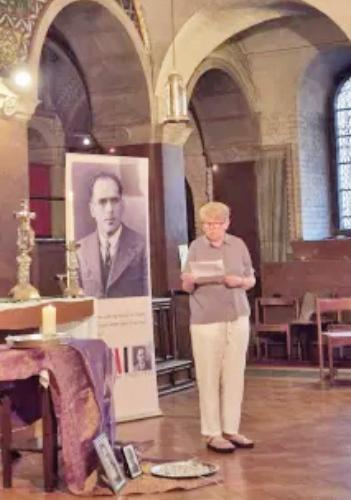
Such witnesses are not only needed in Gaza. Across the world, modern-day conscientious objectors are bearing witness to Gospel nonviolence-often in isolation. In Russia, for example, young men and women are refusing to serve in Putin's war in Ukraine. Some flee the country. Others go underground. Still others are imprisoned. Their refusal, like Jägerstätter's, is often misunderstood, dismissed as cowardice, or even branded treason. But they are standing in the long tradition of Gospel resistance: choosing nonviolent resistance over violence, even when no one else is watching. They deserve our solidarity and support.
These acts of love are not soft or sentimental, they are courageous, creative, faith filled, and sacrificial. It is the love that Franz Jägerstätter showed in solitary defiance of Hitler's regime. It is the love the Gospel demands of us now. So, we must ask: Where is our treasure? Is it in social respectability? In political neutrality? In national identity? Or is it in the Gospel which calls us to love our enemies, put down our swords, and lay down our lives for the least among us?
Gordon Zahn, reflecting on Jägerstätter's life, writes, "Franz was not trying to start a movement. He simply could not do what he knew to be wrong." That clarity, that conviction, that simplicity-is precisely what the Gospel asks of us. Not heroism, but faithfulness.
The world does not need more passive believers. It needs disciples willing to treasure what Jesus treasured-and whose hearts are set where his heart was: with the suffering, the crucified, and the oppressed.
Franz Jägerstätter's life was solitary. It was a witness. May we not only admire him-but imitate him.
Blessed Franz Jagerstatter, pray for us. Amen
Many years ago, we received a letter which enclosed a small card entitled ‘Random Acts of Kindness’. These activities could be anything from opening a door for someone, stopping to say hello, or maybe giving someone a lift to an appointment. Actions that may seem small to us but could change the world for the receiver.
Just a smile and a word of encouragement can make all the difference. The ‘grandma’, encouraging her ‘grandson’ through his failed exam results in the 1988 BT advert with Maureen Lipman, was a stunning example of a child’s mood lifting on hearing encouraging words. The ‘grandson’ had failed every exam except for Pottery and Sociology and ‘grandma’, though disappointed, praised him for getting an ‘Ology’. The boy was a scientist! We all need encouragement like that, especially when things look really, really bleak.
I was present when a family friend received failed exam results, amid his classmates passes. He was quiet and downcast. We chatted and looked on a brighter side. He has since found other ways and now has a sports degree from St Mary’s University. Sometimes life works through routes and ways that take their time to become clear, just needing our encouragement.
Your random act of encouragement and random acts of prayer are a goldmine of hope for others. When someone’s name pops into your head, why not say a prayer for them? Even ‘God bless them’ will work fine. When you suddenly and unexpectedly think of a lost relative or friend - say a prayer for them too. It might just be what they are asking of you.
We may never know the result of our prayer, but God will answer them in a way that only he can know.
www.crownofthorns.org.uk email: office@crownofthorns.org.uk

Page 4. The Catholic Post. September 2025.
Continued from Page 1
On encountering Christ. Jesus is the friend who forms our conscience. To meet Him: listen to the Gospel; examine your life; seek justice; serve the poor; remain united to Jesus in the Eucharist; adore Him in the Blessed Sacrament; study, work, and love according to the example of Jesus. The Lord gathers us into a people: “not just any community, but a community of believers who support one another.” The world needs missionaries who witness to justice, peace, and hope. With Augustine, the Pope led us in a simple prayer of availability: “Thank you, Jesus, for calling me… Grant, O Lord, that those who meet me may encounter You.” His parting wish at the vigil was equally simple: “Persevere in faith, with joy and courage. Stay with us, Lord.”
At Sunday’s Mass, he returned to the Emmaus story. Like those disciples, we meet the Risen Christ in Scripture and “the breaking of the bread.” Life is fleeting, yet we are made for continual renewal “through the gift of self in love,” not a static existence. Don’t dull the heart with “cheap imitations”; open to the One who knocks. Created things are good,

Augustine teaches, but “seek the One who made them; He is your hope.” Fullness lies not in hoarding but in receiving and sharing, lifting our eyes to “the things that are above,” growing in compassion, humility, patience, forgiveness, and peace. “Hope does not disappoint,” because God’s love has been poured into our hearts by the Holy Spirit. Jesus is our hope; He stirs the desire to do something great. Remain in His friendship through prayer, adoration, Eucharistic Communion, frequent confession, and generous charity following the examples of Blessed Pier Giorgio Frassati and Blessed Carlo Acutis, soon to be saints. Entrust everything to Our Lady of Hope; return home as witnesses who “aspire to great things… do not settle for less.”
Alongside the youth gatherings, the Holy Year opened a new chapter in mission: the first Jubilee for Digital Missionaries and Catholic Influencers. For two packed days, creators: catechists, photographers, podcasters, YouTubers, parish media teams—prayed together, crossed a Holy Door, and reflected on their vocation. Digital evangelization, we were told, is not merely producing religious content; it is creating encounters of hearts, cultivating relationships, fostering community, and making space for the presence of God to be felt and shared.
Pope Leo thanked these missionaries for bringing the Gospel into news feeds, comment threads, and livestreams where many take their first tentative steps toward faith. He asked them to be artisans of encounter: refuse contempt, credit sources, protect the vulnerable, and let the Eucharist shape the pace and tone of online work. “Be good Samaritans on the web,” he urged, reminding us that nothing born of human creativity should ever be used to undermine human dignity. “Our mission - your mission- is to nurture a culture of Christian humanism, and to do so together.”
The point landed: digital evangelization is not a technocratic project but a spiritual, relational one, flowing from hearts touched by grace. The Jubilee left us with a renewed sense of mission and a resolve to nourish Christian hope in the spaces where people now live significant portions of their lives.
Why does all this matter? Because a Jubilee is not a one-off festival; it is a launchpad. If the Church can gather a million in a field, she can also renew your own heart and parish.
These are not merely dates on a papal calendar; they are open doors for us all. Even if you cannot travel, every diocese has Holy Doors and local Jubilee initiatives. Plan a simple pilgrimage by foot or bus. Host “24 Hours for the Lord” with confessions and adoration. Pair each themed day with a work of mercy: feed the hungry, visit the sick, write to prisoners, welcome newcomers. The Jubilee is meant to stretch our hearts and our schedules toward God and neighbour.
And don’t forget the digital front. After the commissioning of the first “digital missionaries,” take small steps with outsized reach: post a two-minute homily clip each Sunday; repurpose the parish newsletter into short, daily social posts; ensure Mass and confession times are easy to find and share. Young people are already online, meet them there with reverence. As one speaker put it, “Post like someone will decide to try confession because of what they see today.”
Tor Vergata’s million voices have drifted back to classrooms, offices, and parish halls; the influencers to studios and smartphones. Now the Jubilee’s real work begins where there are no cameras: at the food pantry, the youth room, the sickbed, the kitchen table. From Rome’s open fields to the world’s open feeds, the Holy Year invites us to be missionaries of hope, to worship God with reverence, to love our neighbour with creativity, and to carry Christ to the sidewalks and screens where He already waits to be found.
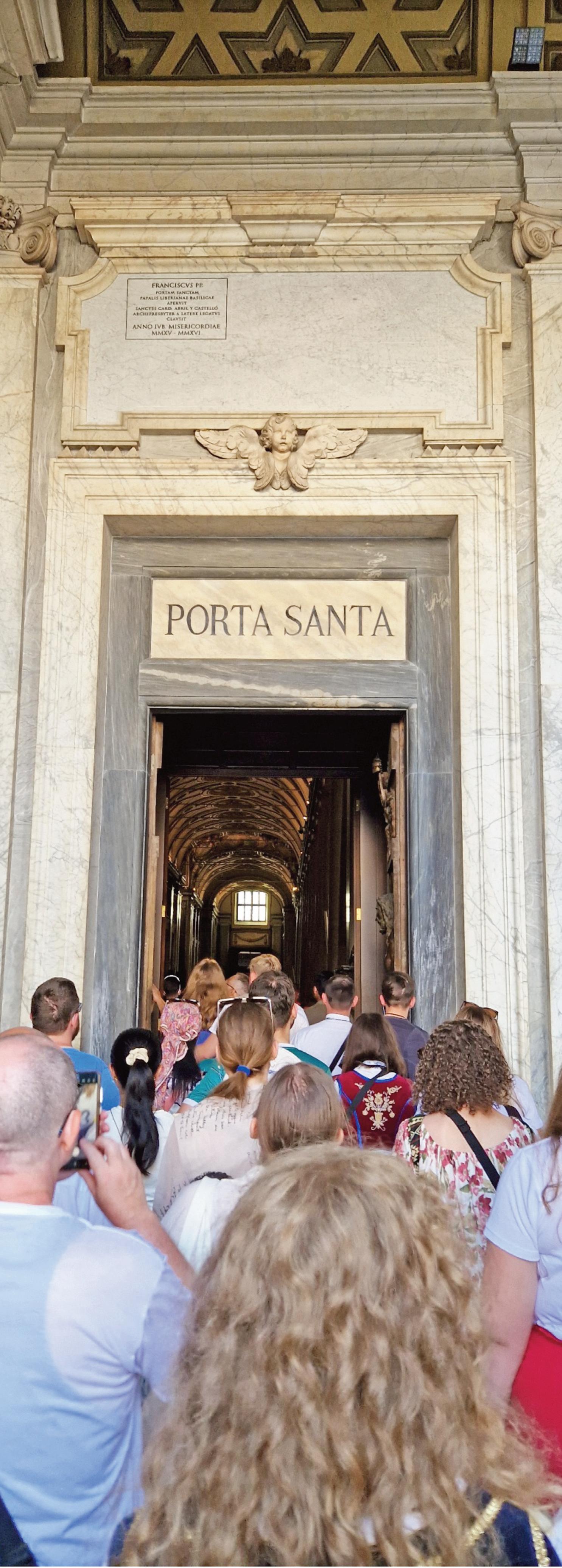

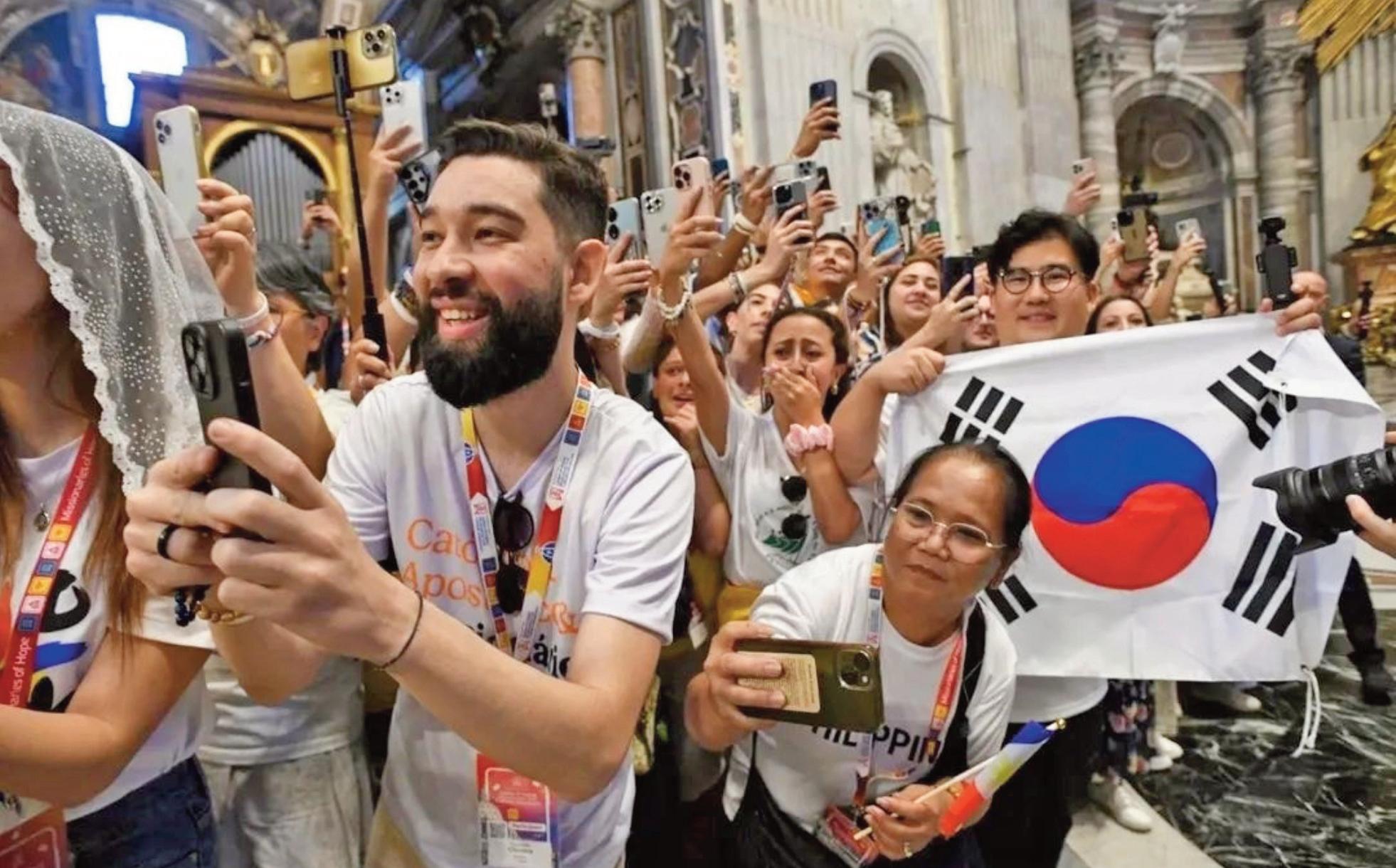
• Sept 14 – Commemoration of the New Martyrs and Witnesses of the Faith. Hold evening vespers; read names; light candles for each continent; take a collection for persecuted communities.
• Sept 15 – Jubilee of Consolation. Honour those who suffer and those who serve them. Celebrate anointing of the sick; visit the homebound; pair youth with elder companions.
• Sept 20 – Jubilee of Justice. Pray for those who uphold the common good. Host a holy hour for conversion and courage in public life.
• Sept 26–28 – Jubilee of Catechists. Renew promises at the font; bless catechists before the tabernacle; offer formation and simple hospitality.
• Oct 8–9 – Jubilee of Consecrated Life. Thank local religious communities; invite them to share their charisms at a “vocation fair.”
• Oct 11–12 – Jubilee of Marian Spirituality. Candlelit rosary and procession like at Lourdes or Fatima, catechesis on Mary as Jesus’ first disciple.
• Oct 18 – Jubilee of the Roma, Sinti, and Travelling Peoples. Build friendship: listen, share a meal, ask how the parish can serve concretely.
• Oct 24–26 – Jubilee of Synodal Teams and Participatory Bodies. Parish councils and diocesan assemblies: pray together, review the mission, and set one daring goal for the next six months.
• Oct 4–5 – Jubilee of the Missions & Jubilee of Migrants. On the Feast of St. Francis, make the parish international for a day: multilingual intercessions, shared foods, collection for mission territories.
Priests in Finland are travelling halfway across the country to reach parishioners as there are not enough churches to meet the growing Catholic population
Bishop Raimo Goyarrola of Helsinki told Catholic charity Aid to the Church in Need (ACN): “Every weekend we cover thousands of kilometres to bring the heavenly food to our faithful.
“There are many families who ask to have tabernacles in the village but there is no church.”
The Diocese of Helsinki is the only diocese in the Nordic country and spans some 211,266 miles (340,000 kilometres).
There are eight parishes in the diocese and 28 priests for a Catholic population, which while only 0.2 percent of the 5.5 million inhabitants, are thinly spread around the country.
As of 2018, there were 15,000 registered and 10,000 unregistered Catholics living in Finland – including more than 6,000 Catholic families, half of whom are of international origin.
To make up for the lack of Catholic churches, he said he was grateful that 20 Lutherans and the five Eastern Orthodox churches lend their buildings every Sunday.
Finland is one of the richest countries in the world, ranked 13th on the Human Development Index, but the Catholic Church there is among the poorest in Europe.
Bishop Goyarrola said: “Unlike other churches in the country, we do not receive state support and are therefore very poor.”
Members of the Evangelical Lutheran Church of Finland and the Eastern Orthodox Church pay a church tax – which they receive back from the government – but the Catholic Church does not as it’s too small to qualify for the scheme.
Bishop Goyarrola said he struggles to cover basic needs like paying staff, running catechism courses and supporting charitable programmes.
There is no money to build chapels, Catholic schools or pastoral centres for children.
He said the number of Catholics has been growing over the past two decades, with an increasing demand for baptisms for adults as well as children.
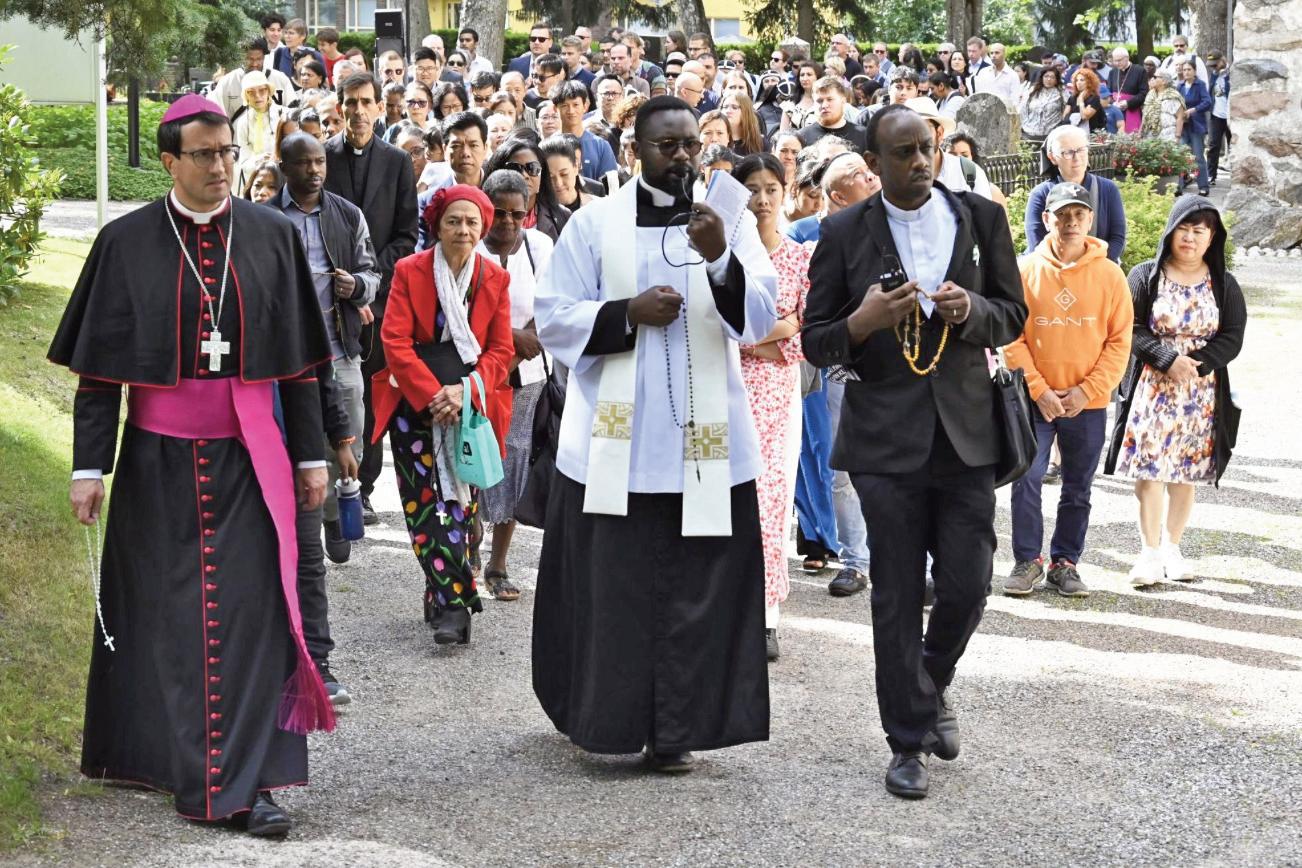
(Image: Catholic Information Center)
Some of the new converts include traditional Lutherans who, having fallen away from the Lutheran Church, were subsequently drawn to Catholicism.
Bishop Goyarrola said: “In Finland, a Catholic will often find himself the only one in his school or place of work.
“Despite this, Catholics don’t hide and are not afraid to let the people around them know that they are Catholics, or to speak to them about Christ.
“They speak naturally about the Eucharist and about Jesus. They are missionaries and apostles everywhere they go and are an example to the rest of the world.”
The bishop believes nature offers a context for encountering God and has organised youth camps in Lapland for several years to unite worshippers and strengthen their faith.
Migrants or refugees who have come from places with a strong Catholic tradition, like the Philippines or Latin America, or from war zones such as Sudan, Myanmar and Ukraine, join the Finnish Catholics on these trips.
He said: “Carrying 30kg (66lb) rucksacks and walking together in the rain or snow in breathtaking countryside creates deep friendships, conversions and a strengthened faith.”
By Nathalie Raffray and Amélie Berthelin
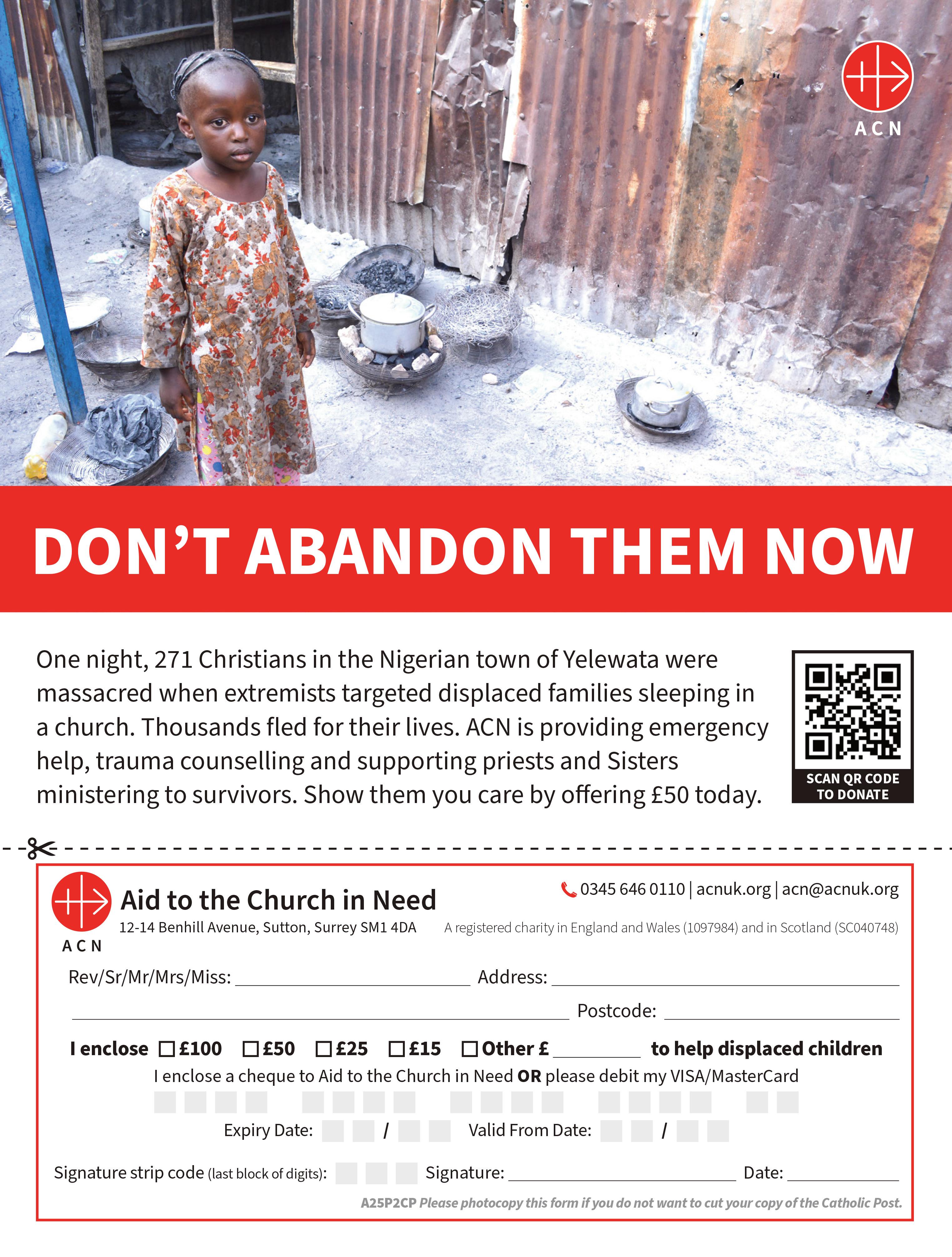
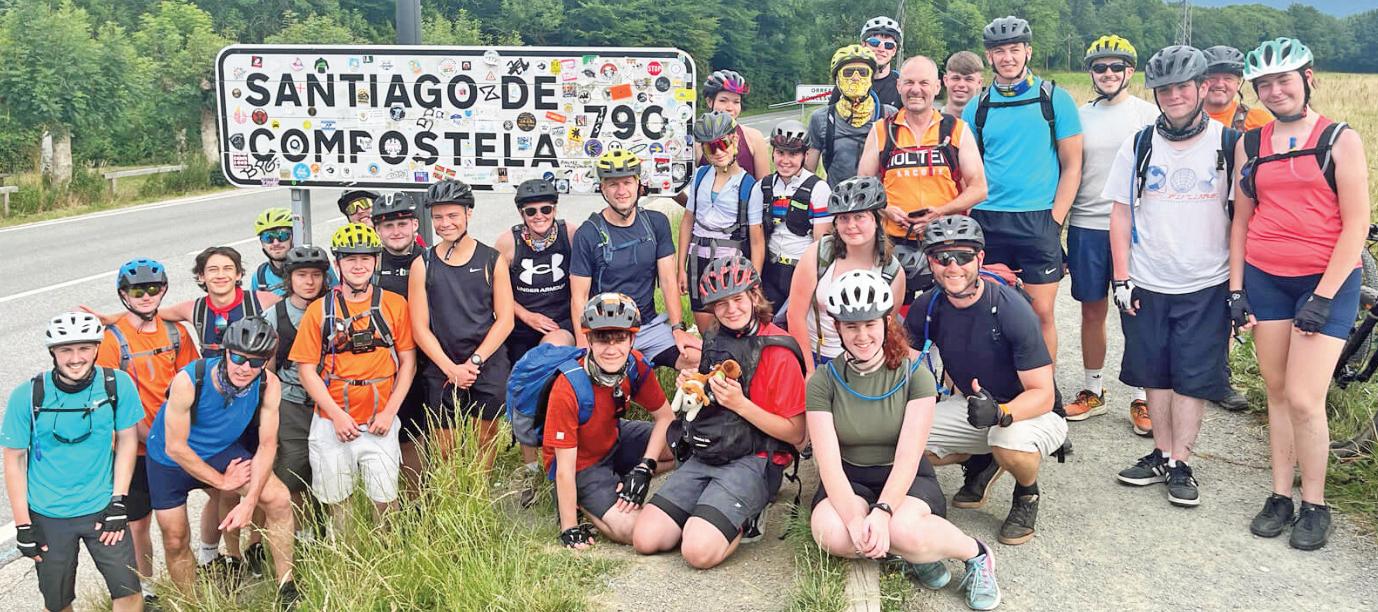
rcadc.org
This summer, a group of 30 Sixth Form students and staff from St Joseph’s Catholic School and Sixth Form Centre, Port Talbot embarked on an extraordinary journey
This is the sixth time that the school and its staff have undertaken this pilgrimage with sixth formers, led by James Torrance, Assistant Headteacher, and a group of staff. Training with the students began last September for this once-in-a-lifetime opportunity.
The journey began with a dramatic ascent over the Pyrenees – one of Europe’s most formidable mountain ranges – and continued across northern Spain through changing landscapes, remote villages, and ancient paths. Every day brought fresh challenges, from blistering heat to steep climbs, yet the pilgrims rose to each with remarkable determination and unity.
Central to the experience was the recognition that this was not merely a physical challenge but a true pilgrimage. Each morning began with prayer, led by Mr Torrance and the staff team, grounding the group in reflection and purpose. These moments took place wherever the road found them – at campsites, beside rivers, even on roadside verges – always centring on the intentions carried in their community prayer book, written by fellow students, families, governors and staff back home.
One of the most powerful moments of the journey came at the Cruz de Ferro – the highest point of the Camino. There, the group paused to lay their prayer stones at the Iron Cross, a tradition steeped in symbolism and release. They also left flowers in memory of David Ejimofor and Preston Camps (pupils of the school who have died since the last Camino), and at the nearby memorial for Michael Cura of Bishop Vaughan School – a gesture of solidarity and shared faith that deeply moved all who witnessed it.
On arrival in Santiago de Compostela, the group visited the Cathedral, the spiritual destination of their pilgrimage. Their arrival coincided with the Festival of St James – a celebration that offered the perfect culmination to their journey. The students and staff took part in the celebrations, reflecting not only on their physical achievements but also on the spiritual growth and communal bonds formed along the way.
This unique pilgrimage opportunity has deep roots. It was first started at the school by Eugene Scourfield, a former Headteacher of St Joseph’s, who began the tradition whilst Head of RE at Bishop Vaughan School, Swansea. Mr Scourfield continued the pilgrimage at St
Joseph’s, where it has since become a hallmark of Sixth Form life and faith in action.
Assistant Headteacher and pilgrimage organiser James Torrance, who completed the Camino for the sixth time this year, reflected on the significance of the journey: “Every Camino is different, but each time it reminds us what a gift it is to walk – or in our case, cycle – this path together. The Camino challenges us physically, yes, but more importantly it deepens our sense of community, purpose, and prayer. Watching our students rise to that challenge, care for one another, and truly live out their faith has been incredibly moving. It’s not just about reaching Santiago; it’s about who we become along the way.”
Throughout the pilgrimage, the group of 30 embodied the spirit of perseverance, humility, and faith. The Camino taught them, in the words of one student, “that pilgrimage is not only about where we go, but how, why, and with whom we go.”
The entire school community is proud of our Sixth Formers and staff who represented St Joseph’s so well on this journey of faith, endurance, and heart. ¡Buen Camino!
James Torrance, Assistant Headteacher –St Joseph’s Catholic School and Sixth Form Centre, Port Talbot
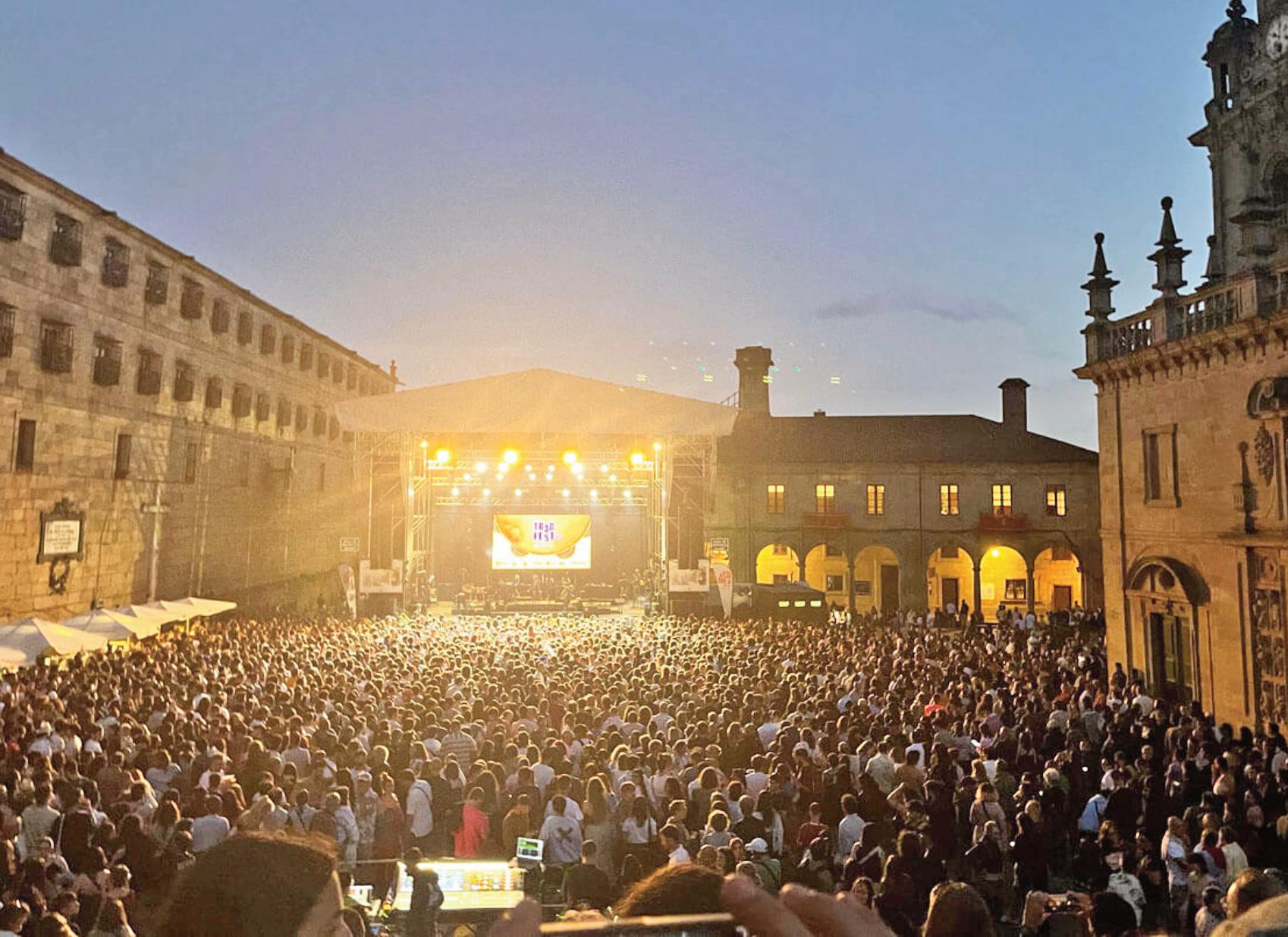
On 7 September 2025, the Church will canonize Blessed Carlo Acutis (1991–2006) and Blessed Pier Giorgio Frassati (1901–1925) together: a teenager of the digital age and a young adult from early-20th-century Turin. Read side by side, their official Vatican biographies trace two distinct lives that converge on the same center: love of Jesus in the Eucharist, Marian devotion, and concrete charity for the poor.
Pier Giorgio Frassati was a layman formed by Jesuit schooling and Dominican spirituality. Daily Communion, the Rosary, and Scripture shaped a rhythm of prayer, study, friendship, and service. He joined Catholic Action and the St. Vincent de Paul Society, hauling belongings for evicted families, buying medicine, and slipping tram fares to workers. He loved the mountains, verso l’alto, “to the heights,” and turned hiking with friends into apostolate. Near graduation in mining engineering, he died at the young age of twenty-four of fulminant polio, likely contracted in his visits to the poor. His funeral revealed a hidden life of mercy as crowds of Turin’s forgotten lined the streets.
Carlo Acutis was a cheerful, ordinary Milanese fifteen-year-old, born in London, who made the Eucharist his “highway to heaven.” He attended daily Mass when possible, adored the Blessed Sacrament, and prayed the Rosary every day with his mother. He taught catechism, helped classmates, and put his coding talent at the service of evangelisation, most famously by creating a global exhibition on Eucharistic miracles. He gave his pocket money to the homeless and volunteered at soup kitchens. Diagnosed with acute leukaemia at 15, he offered his sufferings “for the Pope and the Church,” and died on 12 October 2006.
In the Catholic process, the Church first recognizes heroic virtue, then confirms a miracle through the candidate’s intercession for beatification, and recognizes a second miracle for canonization.
For Carlo Acutis, the Church recognised the inexplicable healing of a Brazilian child with a congenital duodenal condition for beatification. Medical consultants judged it rapid, complete, and scientifically inexplicable. Later, a second miracle was approved involving the sudden recovery of a student from Costa Rica after severe head trauma, opening the way to canonization.
For Pier Giorgio Frassati, the Church recognised the sudden and complete healing
Gwen Wiseman
of an Italian laborer from spinal tuberculosis in 1933 for beatification, judged rapid, complete, and medically inexplicable. The later case involved an American seminarian miraculously healed of a torn Achilles tendon.
Both are being proclaimed saints because the Church has judged that they lived the Gospel with heroic fidelity and that God has confirmed their heavenly intercession through authenticated miracles.
Converging paths of holiness
Pier Giorgio Frassati and Carlo Acutis converge on the same heart of the Gospel. Both are portrayed as profoundly Eucharistic and Marian. For Frassati, daily Communion and the Rosary formed the core of his spiritual rhythm. For Carlo, daily Mass and adoration were the fulcrum of his life with God, so much so that he could say, “The Eucharist is my highway to Heaven.” In each case, love of Our Lady accompanied a Eucharistic amazement that did not stay in the chapel but spilled outward.
That overflow took the shape of charity that costs. Frassati appears as the “porter of the poor,” spending himself among Turin’s needy with rent money, medicine, and time. Carlo, still a schoolboy, gave away his pocket money, lent his skills to parish and charity projects, and served as a young catechist, quiet, concrete, and consistent. Their biographies also stress mission with the tools of their time. Frassati’s apostolate ran through student circles, Catholic Action, and the St. Vincent de Paul Society. Carlo took the same impulse online, using code and the web, most memorably his 136-panel Eucharistic miracles exhibit to awaken wonder and faith.
Set side by side, their differences sharpen the picture. They lived in distinct eras. Frassati’s world was newspapers, trams, alpine clubs, and factory floors. Carlo’s was school corridors, parish life, and the digital continent. Frassati died a young adult at twenty-four, rallying peers on mountain ridges and in city streets. Carlo died at fifteen, drawing classmates toward the tabernacle and into parish projects. Even their public profile contrasts. Frassati’s charity often unfolded in associations and visible social engagement, while Carlo’s service was local and discreet. Yet both were unmistakably Eucharist-led and people-first, turning prayer into friendship and friendship into mission.
Three lessons to carry home
First, the Eucharist at the center. Closeness to Jesus naturally flows into concrete love of neighbour. Their holiness is at once sacramental and social.
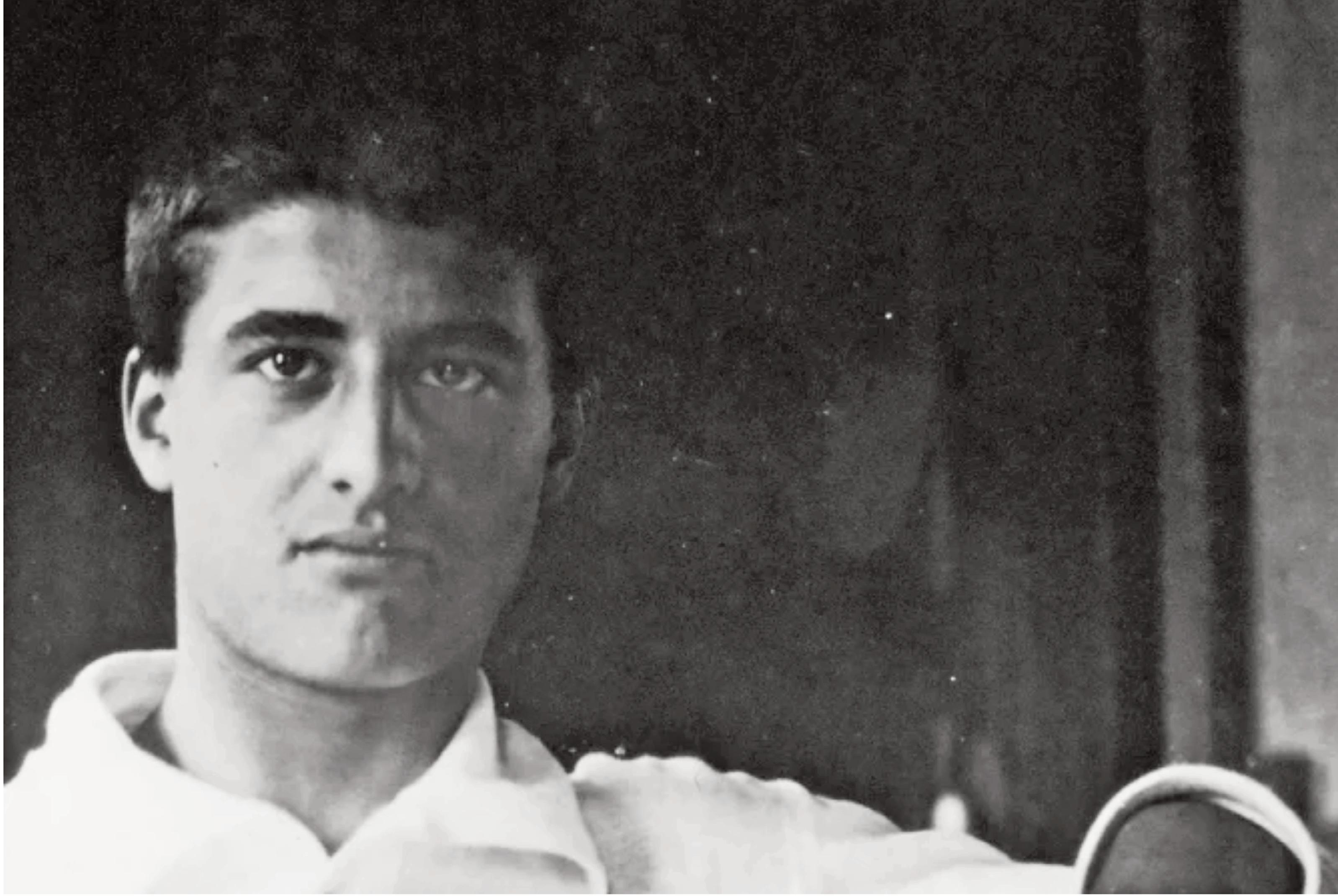

Second, they are both lay, young, and credible. Each is proposed precisely as a young lay witness whose ordinary life through study, friends, sport, and technology became a route to sanctity. Their short years, twenty-four and fifteen, underline that holiness is not measured by longevity but by the intensity of love.
Third, friendship itself becomes evangelisation. Frassati gathered friends for prayer and service. Carlo drew peers and his own family toward the Eucharist and used his digital gifts to evangelise.
Two lines capture the spirit of their witness. They offer a single luminous path: let the love received at the altar become love given to our neighbour.
“Jesus visits me every morning in Communion, I return it in the humble way I can, by visiting the poor.” – Pier Giorgio Frassati
“The Eucharist is my highway to heaven.” –Carlo Acutis
How can you imitate them this week
• Spend one hour before the Blessed Sacrament.
• Accompany one friend: a text, a coffee, a walk, an invitation to Mass.
• Do one work of mercy without posting or boasting about it.
• Convert one digital habit: unfollow a source of contempt, follow something that turns your heart toward God and neighbour.
• Make one decision before God: “Jesus, you are my life,” in whatever vocation you are living or discerning.
Saint Carlo Acutis, Pray for us
Saint Pier Giorgio, Pray for us
Sunday 27 July marked World Day for Grandparents and the Elderly, a date established by the late Pope Francis in 2021 as a time to honour grandparents and the elderly, recognising their role in families and communities and encouraging intergenerational connections
In the Archdiocese of Liverpool, Phil Sergeant is adviser to retired clergy. His role is to support sick and retired clergy across the archdiocese.
Phil said: “I feel very lucky because I have the best job in the world. I work closely with Canon Maloney, the Episcopal Vicar for Sick and Retired Clergy, to ensure that every sick and retired priest’s spiritual and practical needs are met with dignity and care.”
With an impressive 45-year career in elderly care starting from a Youth Training Scheme to managing large nursing homes and specialist palliative care units, Phil’s profession has always been guided by compassion and service.
Phil began working for the archdiocese 11 years ago after joining the archdiocesan pilgrimage to Lourdes. Phil said: “I served as part of the healthcare team during the pilgrimage, while I was there, Bishop Tom Williams told me about this new role which really interested me. I applied for it and the rest is history.
“Over the past 11 years, my role has evolved to meet the varying needs and dependency levels of the sick and retired clergy. My background in nursing and care homes is really beneficial as I understand the processes and the terminology of the health sector.
“The level of support varies, with those living at home I support both them and their family with financial aid and care planning as well as
assisting with applications for attendance allowance, power of attorney and personal wills.
“For those in 24-hour nursing and residential care I coordinate fundings and placements with the local health authorities; assist in selecting appropriate facilities and services; liaise with social workers and healthcare professionals; support families throughout the transition and conduct regular visits across the archdiocese, including Liverpool, Crosby, Southport, and Chorley.
“For those in supporting living in Formby and Southport, I offer day-to-day assistance for clergy with long-term health needs; assist with financial claims and interaction with health and social services.
For Phil, the best thing about his job is getting to know the priests. He added: “My favourite part is getting to know the priests on a more personal level and providing them with vital support that not only helps them but also supports their families.
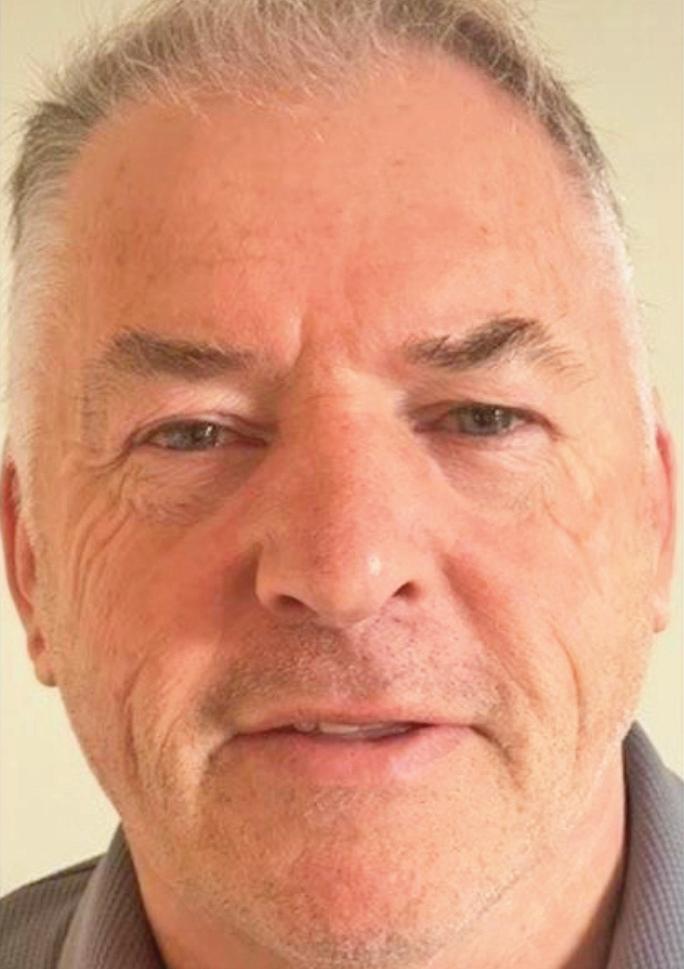
In a world often consumed by ambition and noise, Mother Teresa stood as a quiet, unwavering light of compassion. Born Agnes Gonxha Bojaxhiu in 1910 in Skopje (now North Macedonia), she chose a life of profound service over personal comfort, dedicating her existence to the poorest of the poor.
At 18, she left home to join the Sisters of Loreto in Ireland, eventually traveling to India, where she taught in a convent school. But it was in the slums of Calcutta where her true calling unfolded. In 1946, she experienced a "call within a call" — a divine message to leave the convent and serve the destitute directly. With no money, but limitless faith, she began caring for the sick, the dying, and the forgotten in the streets.
In 1950, she founded the Missionaries of Charity, an order devoted to “wholehearted
and free service to the poorest of the poor.”
Under her guidance, it grew into a global movement, running hospices, orphanages, and homes for those society cast aside.
What made Mother Teresa extraordinary was not just her work, but the spirit behind it. She didn’t serve to be seen. She believed that every person, no matter how broken or abandoned, was a reflection of God. Her care was personal, tender, and full of dignity — washing wounds, holding hands, offering love without judgment.
Despite criticism and moments of deep spiritual doubt — which she revealed only late in life — she never wavered in her mission. In 1979, she received the Nobel Peace Prize, not for political achievements, but for her radical love and service.
Mother Teresa passed away in 1997, but her legacy continues to inspire. Her life reminds us
“All of the priests have the most wonderful stories to tell and I really enjoy listening to them. They are all so grateful for the job that I do, and I am equally as grateful to be in this role.”
For more information about World Grandparents and Elderly Day, visit: Fifth World Day for Granparents and the Elderly by scanning the QR Code below

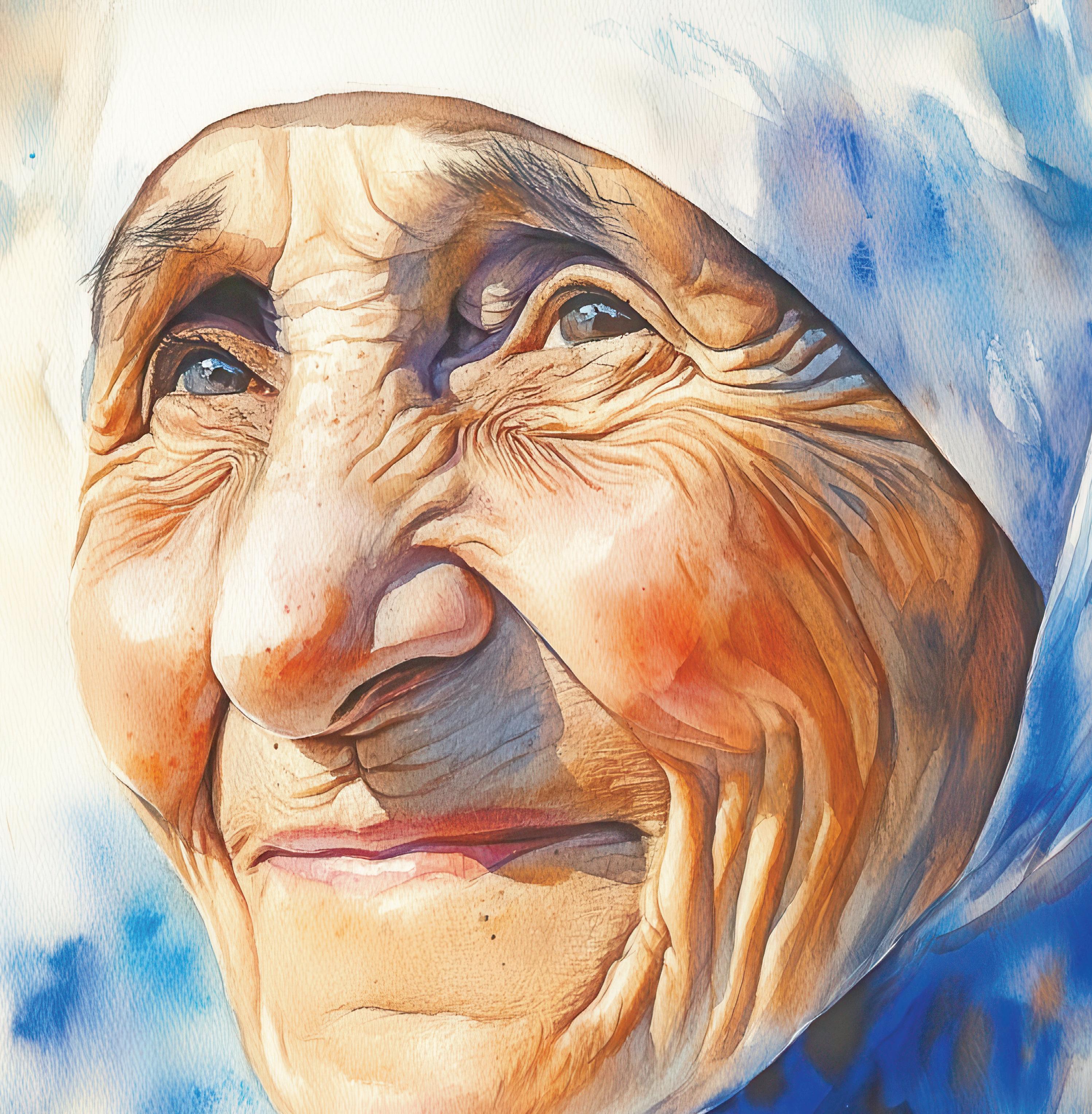
that greatness isn’t found in power or wealth, but in kindness — in seeing the face of humanity in every soul and acting with relentless compassion.
In her own words: “Not all of us can do great things. But we can do small things with great love.” And in that, she taught the world how to be truly great.

Pope Leo paves the way for St John Henry Newman to be formally declared a “Doctor of the Church”.
One of the great modern thinkers of Christianity, a key figure in a spiritual and human journey that left a profound mark on the Church and 19th-century ecumenism, and the author of writings that show how living the faith is a daily “heart-to-heart” dialogue with Christ. A life spent with energy and passion for the Gospel—culminating in his canonization in 2019—that will soon lead to the English cardinal John Henry Newman being proclaimed a Doctor of the Church.
The news was announced on July 31, in a statement from the Holy See Press Office, which reported that during an audience granted to Cardinal Marcello Semeraro, Prefect of the Dicastery for the Causes of Saints, Pope Leo XIV has “confirmed the affirmative opinion of the Plenary Session of Cardinals and Bishops, Members of the Dicastery for the Causes of Saints, regarding the title of Doctor of the Universal Church, which will soon be conferred on Saint John Henry Newman.”
“From Shadows and Images into the Truth”
“Lead, kindly Light, amid the encircling gloom, Lead Thou me on.
The night is dark, and I am far from home— Lead Thou me on…
So long Thy power hath blest me, sure it still Will lead me on
O’er moor and fen, o’er crag and torrent, till
The night is gone, And with the morn those angel faces smile Which I have loved long since, and lost awhile.”
John Henry Newman was 32 years old when this poignant prayer rose from his heart during his return to England after a long journey through Italy. Born in 1801, he had already been an Anglican priest for eight years and was widely recognised as one of the most brilliant minds in his church—a man who captivated with both spoken and written word.
The 1832 trip to Italy deepened his inner search. Newman carried within him a thirst to know the depths of God, His “kindly Light,” which for him was also the light of Truth—truth about Christ, the true nature of the Church, and the tradition of the early centuries, when the Church Fathers spoke to a still undivided Church. Oxford—epicenter of his faith and the place where the future saint lived and worked— became the road along which his convictions gradually shifted toward Catholicism.
In 1845, he distilled his spiritual journey into the Essay on the Development of Christian Doctrine, the fruit of a long pursuit of that Light, which he came to recognise in the Catholic Church—a Church he saw as the very one born from the heart of Christ, the Church of the martyrs and the ancient Fathers, which, like a tree, had grown and developed through
history. Soon after, he asked to be received into the Catholic Church, which took place on October 8, 1845. He later wrote of that moment: “It was like coming into port after a rough sea; and my happiness on that score remains to this day without interruption.”
Devoted to Saint Philip Neri
In 1846, he returned to Italy to enter, as a humble seminarian—despite being a theologian and thinker of international renown—the Collegio di Propaganda Fide. “It is so wonderful to be here,” he wrote. “It is like a dream, and yet so calm, so secure, so happy, as if it were the fulfilment of a long hope, and the beginning of a new life.” On May 30, 1847, the circle of his vocation was completed with his ordination to the priesthood.
During these months, Newman was deeply drawn to the figure of St. Philip Neri—another soul, like himself, “adopted” by Rome. When Blessed Pope Pius IX encouraged him to return to England, Newman went on to found an Oratory there, dedicated to the saint with whom he shared a joyful disposition. That good humour remained intact even through the many challenges he faced in establishing Catholic institutions in his homeland, many of which seemed at first to falter. Still, his mind continued to produce brilliant writings in defense and support of Catholicism—even under fierce attack.
In 1879, Pope Leo XIII made him a cardinal. Upon hearing the news, Newman wept with joy: “The cloud is lifted forever.” He continued
his apostolic work with undiminished intensity until his death on August 11, 1890. On his tomb, he asked that only his name and a brief phrase be inscribed, one that encapsulates the extraordinary arc of his 89 years of life: Ex umbris et imaginibus in Veritatem, “From shadows and images into the Truth.”
Benedict XVI beatified him in 2010, honoring a man of deep prayer who, in the Pope’s words, “lived out that profoundly human vision of priestly ministry in his devoted care” for people: “visiting the sick and the poor, comforting the bereaved, caring for those in prison.
'Cor ad cor loquitur' Newman was canonized in 2019 by Pope Francis, who, in the encyclical Dilexit nos, explained why the English cardinal had chosen as his motto the phrase Cor ad cor loquitur— “Heart speaks to heart.” Because, the Pope noted, beyond any dialectical argument, the Lord saves us by speaking from His heart to ours: “This realisation led him, the distinguished intellectual, to recognise that his deepest encounter with himself and with the Lord came not from his reading or reflection, but from his prayerful dialogue, heart to heart, with Christ, alive and present. It was in the Eucharist that Newman encountered the living heart of Jesus, capable of setting us free, giving meaning to each moment of our lives, and bestowing true peace.”
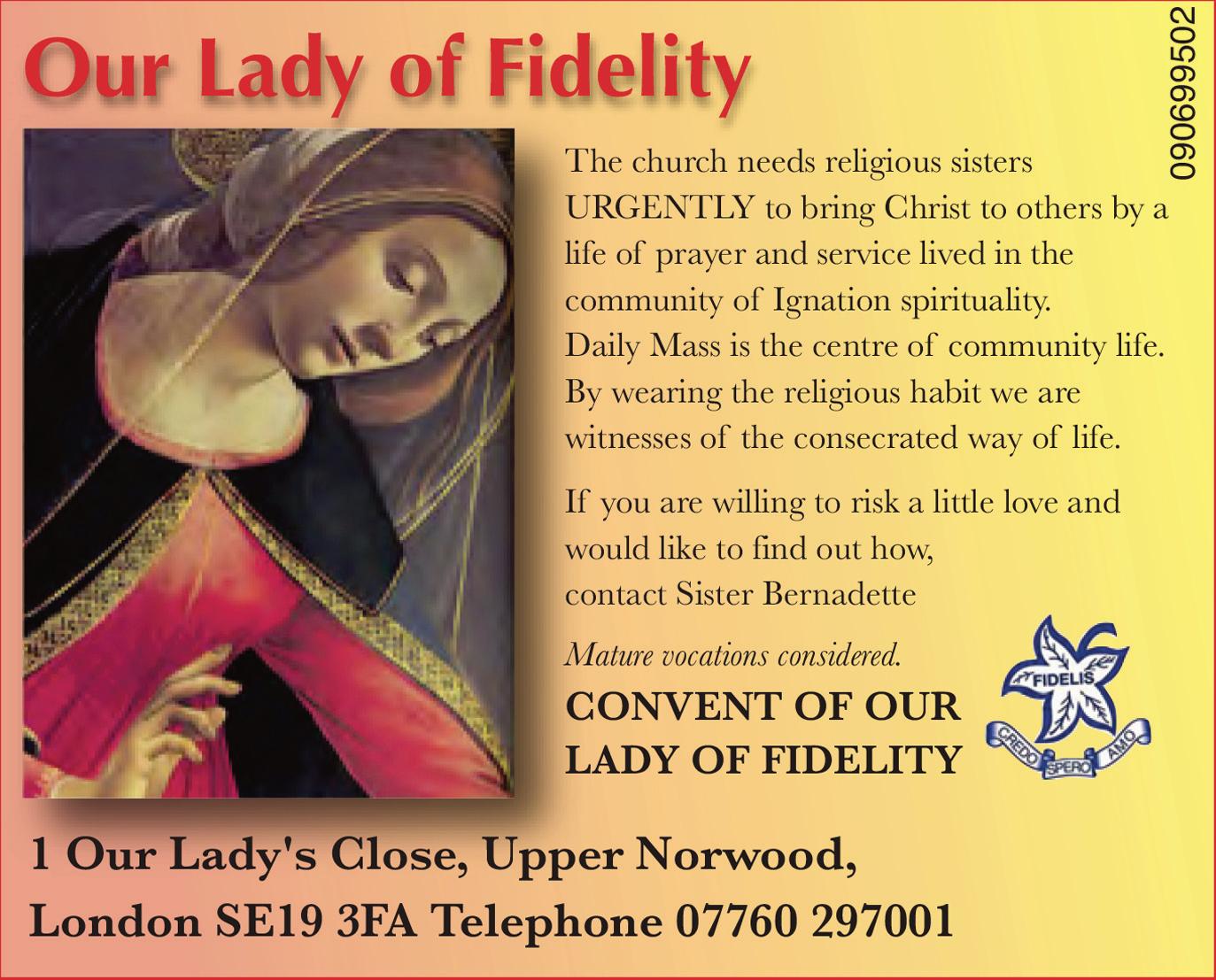

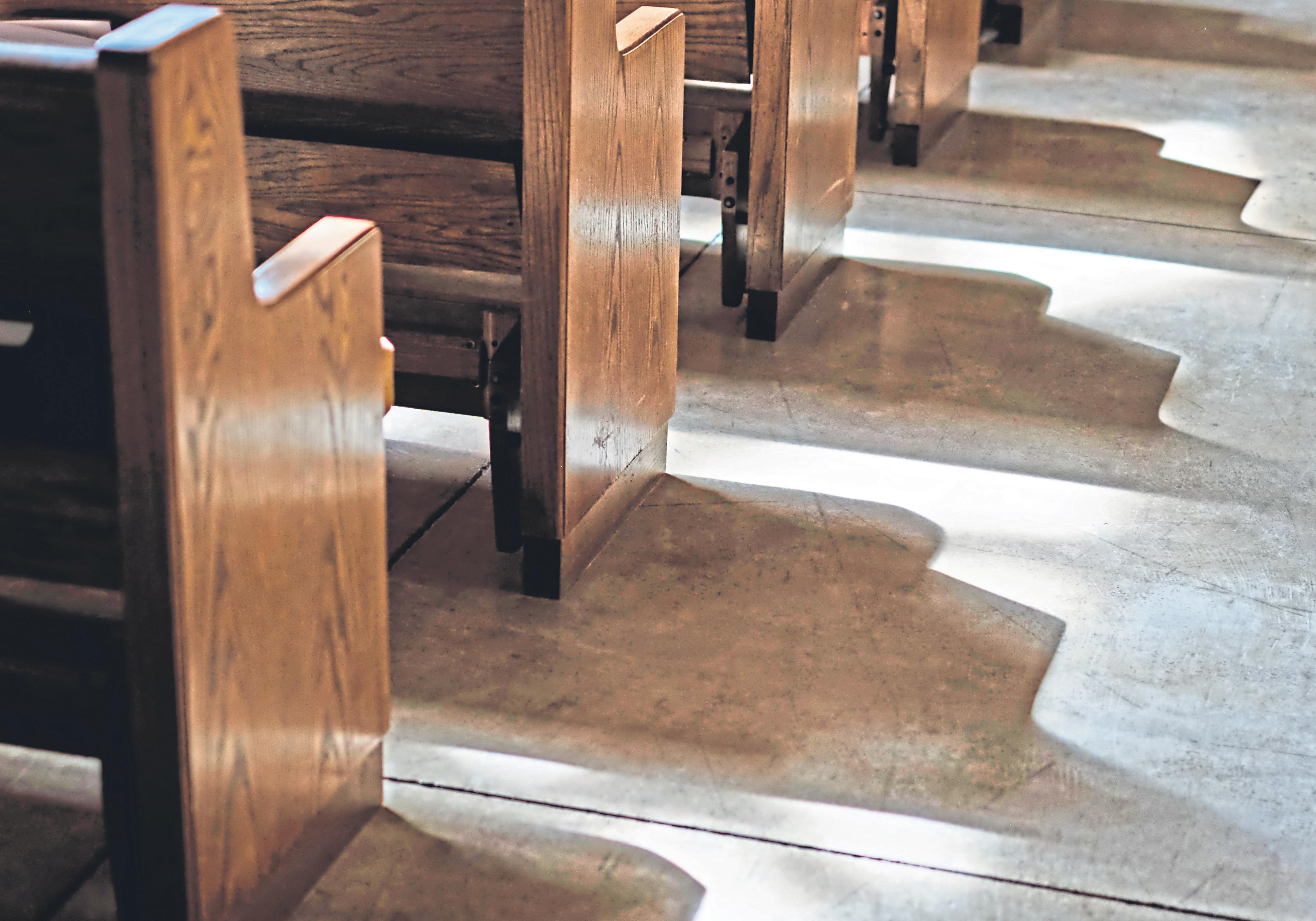



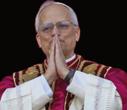



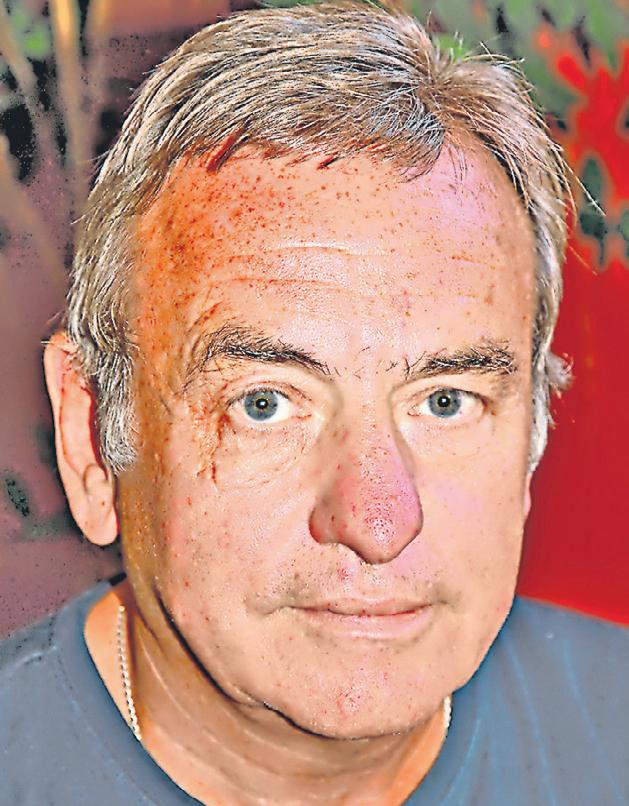
I’m not a
Dr Jay Kettle-Williams
looked straight at me, ‘Never knew? Never knew?! My boy, I’ve known that woman for forty years. But I will not be addressed in the street. She should have known better.’




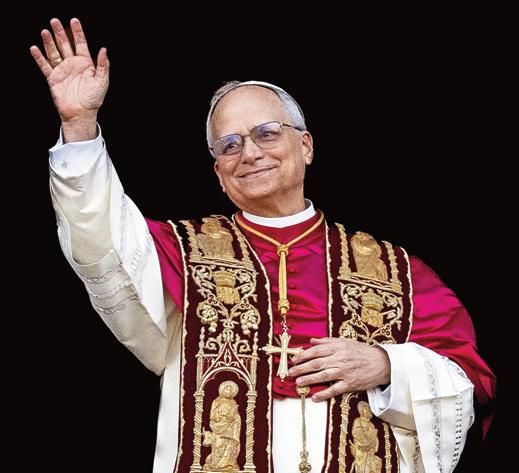










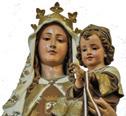




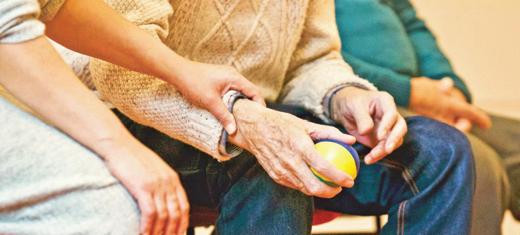
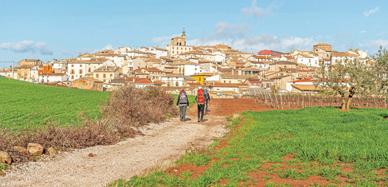




I bet you a pound to a penny that in your family as in mine, albeit going back a generation of two, there was a maiden aunt. Maybe more than one. Born around the end of the 19th century or very shortly thereafter, our maiden aunts would have been denied marriage by the enormous toll exacted by the Great War, let alone WW2, on the nation’s manhood.
The maiden aunt I most clearly remember was a true doyen, a prominent matriarch in our family’s goings-on, albeit somewhat mainly active behind the scenes. Great Aunt Carrie, whose silver-topped walking stick I have to this day, always wore black in the style of Queen Mary, Mary of Teck (Victoria Mary Augusta Louise Olga Pauline Claudine Agnes; 26 May 1867 – 24 March 1953), who was Queen of the United Kingdom and the British Dominions and Empress of India from 6 May 1910 until 20 January 1936 as the wife of King-Emperor George V. But Great Aunt Carrie was of more lowly stock.

I remember accompanying her one morning down the high street. I must have been about 12 at the time. As we were walking by a bus stop, a woman, breaking free of the queue anticipating the arrival of the omnibus, approached my aunt: ‘Excuse me,’ she said, ‘I think we know each other. You’re Carrie, aren’t you?’ There followed a few moments of heated exchange: the more the woman insisted on them knowing each other, the more my aunt persisted in insisting they did not until she finally and unceremoniously dismissed the woman. We continued on our way. ‘Aunt,’ I mentioned after a moment or two, ‘I thought you might have been a bit rude to that woman whom you never knew.’ She
‘The past is a foreign country; they do things differently there’ was the opening remark by L.P. Hartley in The Go-Between (1953). Indeed, I do wonder what Great Aunt Carrie, were she still around, would say to some of the exchanges on the streets of today.
Behavioural patterns, customs, fashion and practices can change across cultures and with time: generally speaking most people these days don’t walk about wearing robes, wimples or doublet and hose with daggers in one hand and swords dangling by their sides. It was, for instance, the practice for men to dictate social mores: Jesus chose only men to be his apostles. Be that as it may, we should not bring a developed western mindset to judge what generations, long since eclipsed, took to be the norm. L.P. Hartley refers obliquely to presentism in a few almost proverbial words, introducing us to the idea that those who trod this earth before us would perceive the world and understand its mores in a fundamentally different way from ourselves.
Presentism refers to two distinct but related concepts. In historical analysis, it describes the tendency to interpret the past through the lens of present-day ideas, values and perspectives, often leading to a biased or inaccurate understanding of past events. In philosophical terms, presentism is a theory that asserts only the present exists, and that the past and future are not real, but imagined. In literary and historical analysis, on the other hand, presentism is a term for the introduction of
present-day ideas and perspectives into depictions or interpretations of the past. But my point is that you can no more really assess the social mores of yesteryear by today’s yardstick than you can assess today’s social mores by the yardstick of yesteryear.
Religion is taken by modern Western thought as the compendium of beliefs based on a set of texts with certain text being orthodox and other apocryphal and that these texts prompt an orthodox interpretation or dogma to which the majority of that sect generally adhere. So when outdated codes of yesteryear are invoked and applied to our current-day society, the ensuing ‘counter-presentism’ (my own coinage) begs informed interpretation not by the self-appointed but by those ‘scholars’ called, trained and duly commissioned from within what for us is our royal priesthood.
Hartley certainly hit the nail on the head: my Great Aunt Carrie did things differently in that foreign country of hers, the past.
Acknowledgements and Attribution: Accompanying image (Statue with Blowing Horn) after the sculpture Exultate Jubilate by Philip Jackson.Texts/References adapted and/or adopted from http://en.wikipedia.org under the terms of the Creative Commons Attribution-ShareAlike License 4.0: http://creativecommons.org/licenses/bysa/4.0/

Dr J L Kettle-Williams is an experienced business communications consultant and wordsmith (tutor, writer, translator).
This contemplative community, welcomed to England by the Archbishop during his time as Bishop of Plymouth, continues to be a source of inspiration and grace for all who encounter them.
A Providence StoryThe video captures the extraordinary story of divine providence that brought these sisters to their home. After four years searching for a permanent convent, facing the possibility of their UK mission being withdrawn, the sisters received an ultimatum: find a proper convent by September or the mission would close.
Their prayers were answered when Archishop Mark, then Bishop of Plymouth, offered them the former Poor Clare Monastery in Lynton. On the Feast of the Visitation, 31st May 2019, he showed them the beautiful stone building set into the hillside with spectacular views of the sea. As one sister reflects in the video: “Even before meeting them, I felt our lady had begun to hear our prayers.”
Voices of Transformation
The video features powerful testimonies from those whose lives have been touched by the sisters’ presence. Sister Mary Magdalen, a former oncology doctor, shares her journey from medicine to contemplative life: “I began to understand that there was actually something in life that was worse than cancer… there’s something that can kill our soul and that’s to live without the presence of God to live without faith and to live in sin”.
Local craftsmen speak of how their work at the convent has become more than a job. Terry,
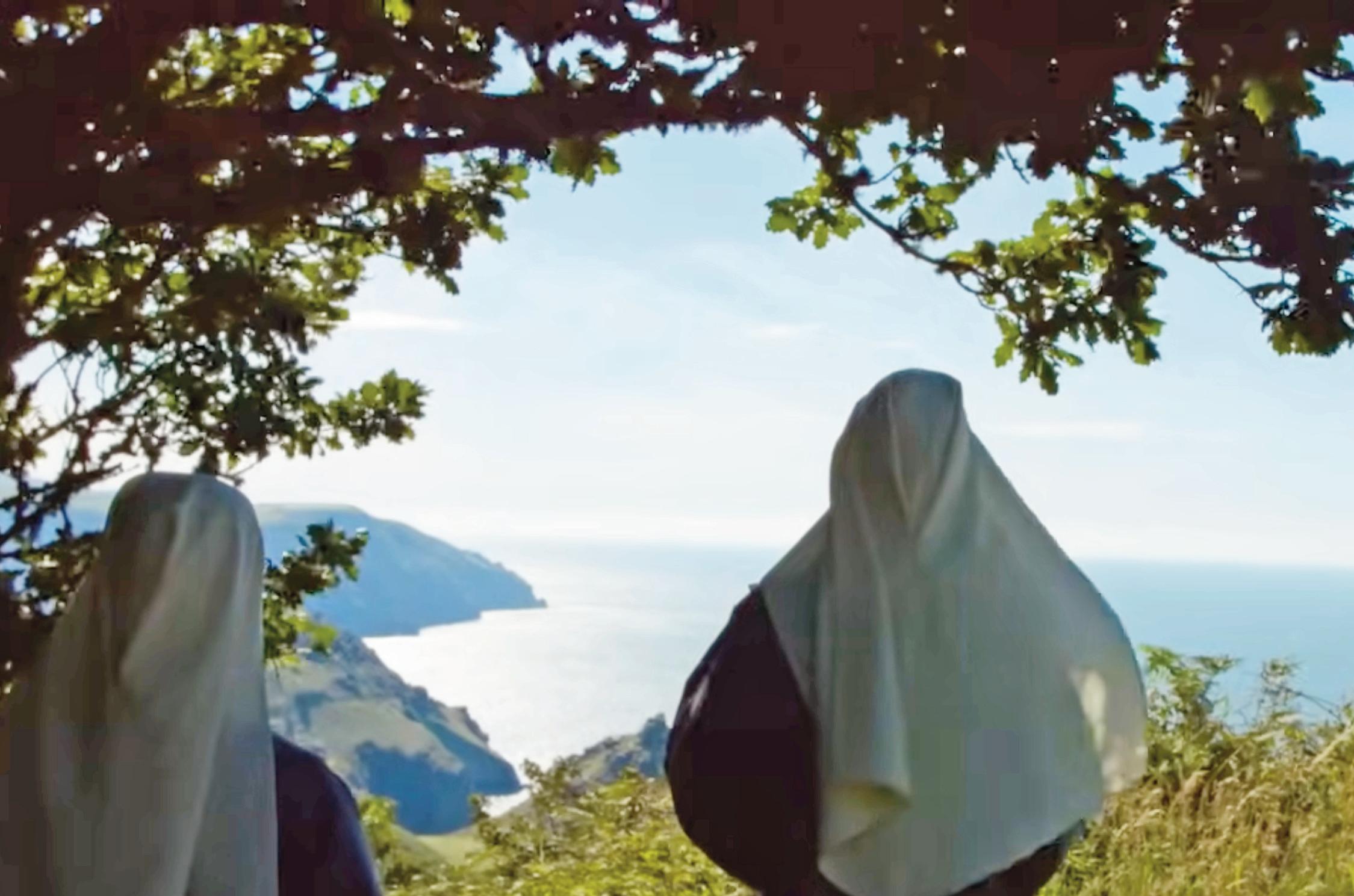
the heating engineer who restored their ancient boiler system, describes how the sisters’ prayers led to his wife’s pregnancy after years of trying. “I really believe they helped me to have a baby,” his wife shares.
The video documents the massive restoration project underway at the century-old convent. Local tradesmen, volunteers, and even Royal Marine Commandos have contributed to saving this beautiful building. As one craftsman explains whilst repairing the many windows: “It’s very good because it’s work for God… it’s for the right cause.”
The sisters faced overwhelming maintenance challenges, from failed heating systems to structural repairs. Yet help has come from unexpected sources, embodying what Bishop Mark describes as the “thin place” quality of Lynton, where heaven and earth seem to meet.
The video introduces sisters from across Europe who have found their calling at Lynton. Sister Johannes Maria, a former opera musician from Germany, speaks of recognising this as “my place” after years of searching. Sister Eve Mary from Hungary demonstrates
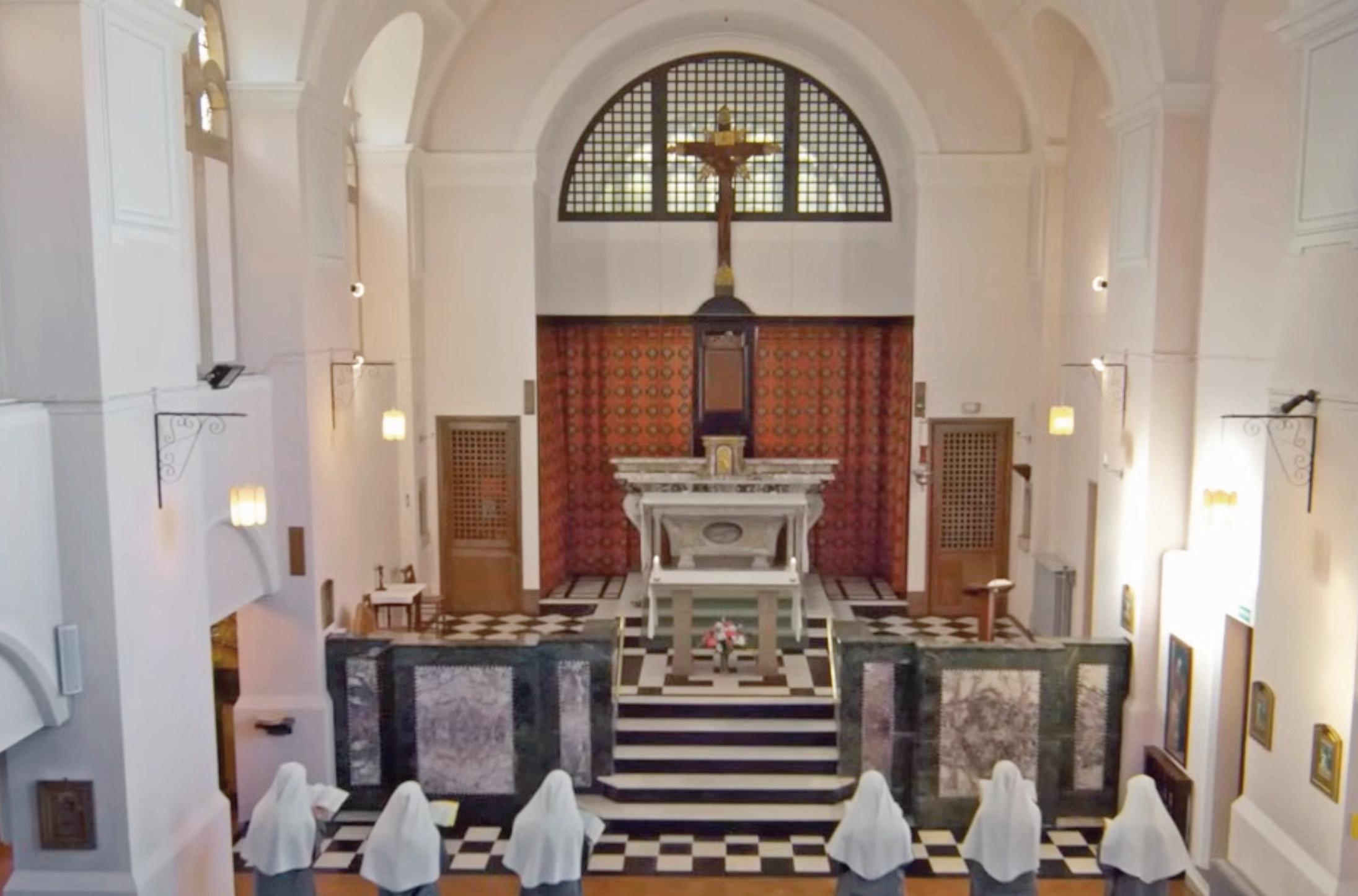
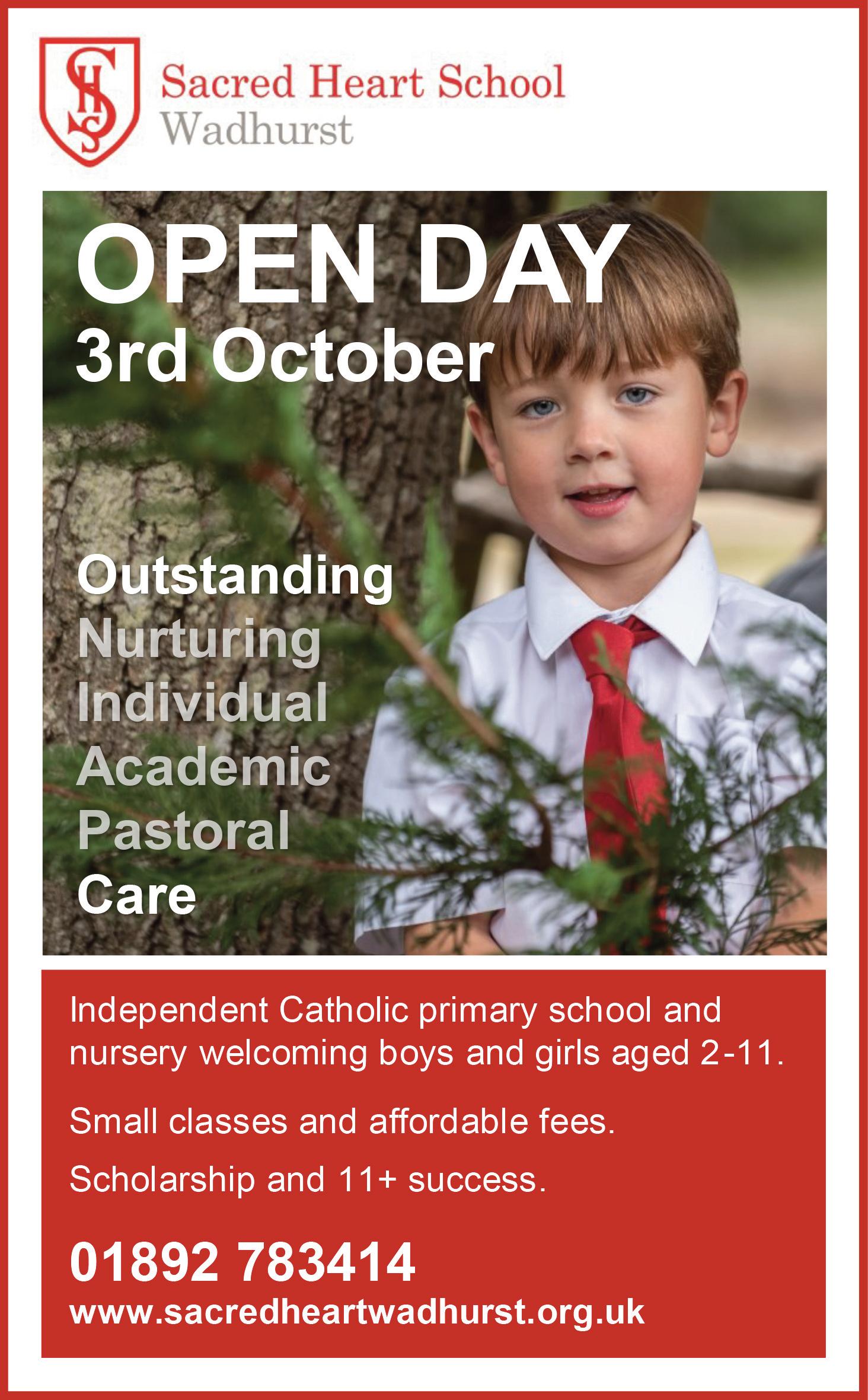



the ancient art of icon painting, explaining how each layer moves “from the dark to the light.”
Bishop Mark articulates the vital role of contemplative communities: “There is in the life of grace a whole other economy… because of what unites us in Christ, members of one body, one part of that body can support and strengthen the other parts.” He emphasises that contemplative communities are not merely nice to have, but essential for the life of the Church.
The video captures the sisters’ daily rhythm of prayer, from their recitation of the Divine Office to their hours of Eucharistic Adoration. Their chapel becomes a place where locals and visitors alike find peace. As one sister explains: “As nuns, we are often compared to an army which is in the front row of the battle… our rosary is like our best weapons because it’s praying which enables us to conquer and to open the hearts of the people.”
A Witness to Joy
What emerges most powerfully from the video is the infectious joy of these young women who have given their lives entirely to God. Their witness challenges modern assumptions about religious life, showing how complete surrender to God leads not to limitation, but to profound fulfilment and happiness that radiates to all who encounter them.
The video offers an intimate glimpse into a way of life that might seem countercultural, yet proves deeply attractive to those seeking authentic meaning and purpose.
To watch the video scan the QR Code below:






























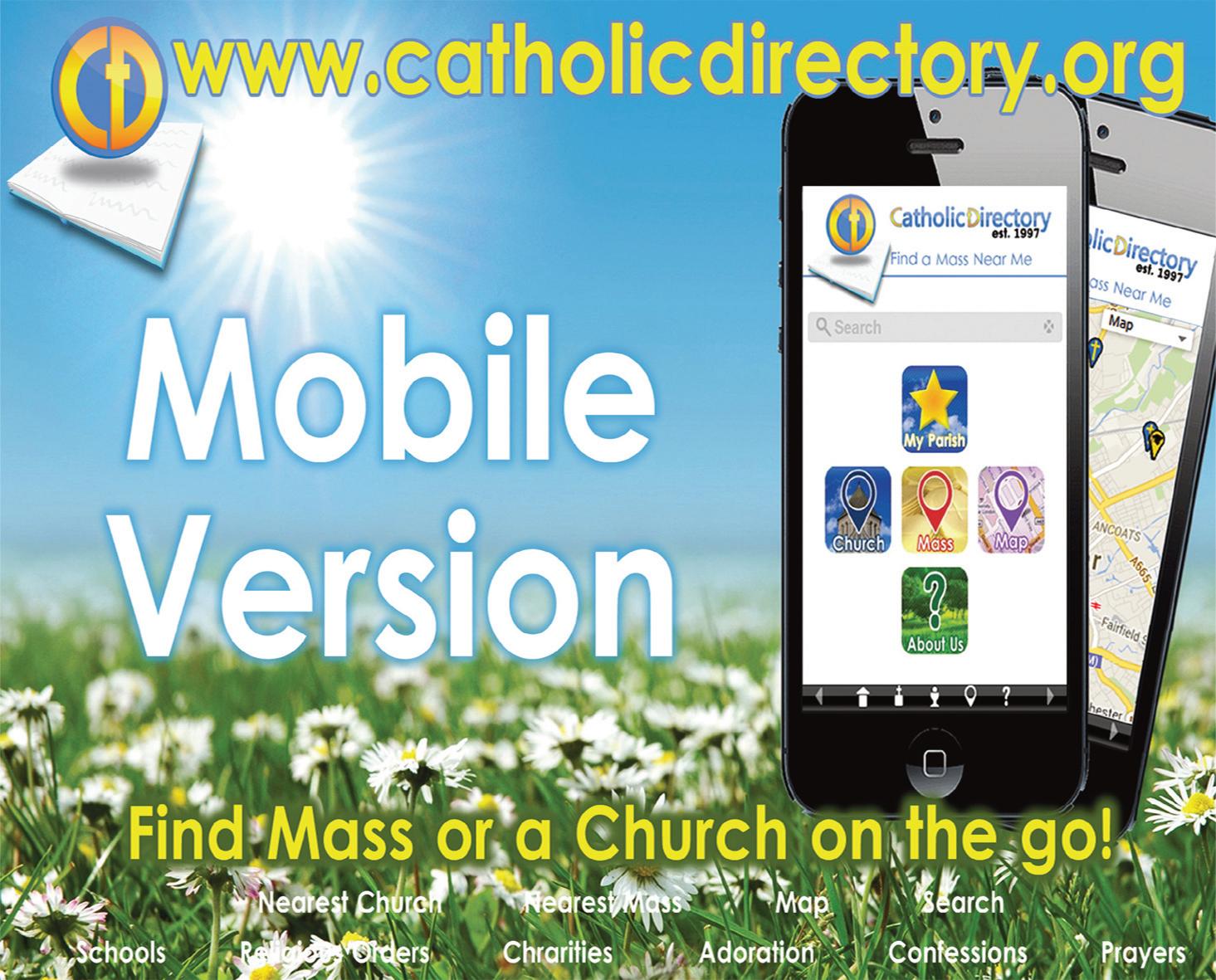

At 11.04 on the morning of 9 August 2025, a bell rang for the first time in 80 years, at Urakami Cathedral in Nagasaki.
The church was at the epicentre of the atomic bomb blast that destroyed the city on 9 August 1945. A Mass had been about to begin. The congregation and priest were instantly killed - along with up to 15,000 Catholics who lived near the church. The cathedral was destroyed. Altogether over 70,000 were killed in the devastating attack.
When the church was rebuilt, the bell tower remained empty. Recently several American Catholics raised funds to rebuild that bell and donated it to the Cathedral.
The bell was rung at exactly the same time that the atomic bomb exploded in the sky of Nagasaki on August 9, 1945.
Nagasaki Archbishop Peter Michiaki Nakamura, told Fides the ringing was "a reminder of the victims and a call for peace. The fact that the bell destroyed by an atomic bomb manufactured and dropped by the United States was rebuilt and donated by American citizens, and welcomed by the Church of Urakami, represents a concrete sign of forgiveness, reconciliation, and hope." He
said this "bears witness to the possibility of walking together toward the realisation of peace in the world."
"I hope that, every time that bell rings, people will remember these events and can commit themselves, with hope, to building peace." 2025, indeed, is "the year of hope."
"2025 marks the 80th anniversary of the end of the war and the atomic attack, and it is an opportunity to reflect once again on the importance of preventing the outbreak of war, of praying for an end to the conflicts currently raging around the globe, and of promoting not only the abolition of the use of nuclear weapons, but also their production and possession."
"Many people think war is wrong," the Archbishop said, "but at the same time, if Japan were attacked by a foreign power, many would believe that responding with war is inevitable. For this reason, it is crucial to begin now to build bonds of cooperation and mutual understanding, so that war never has the slightest chance of breaking out."

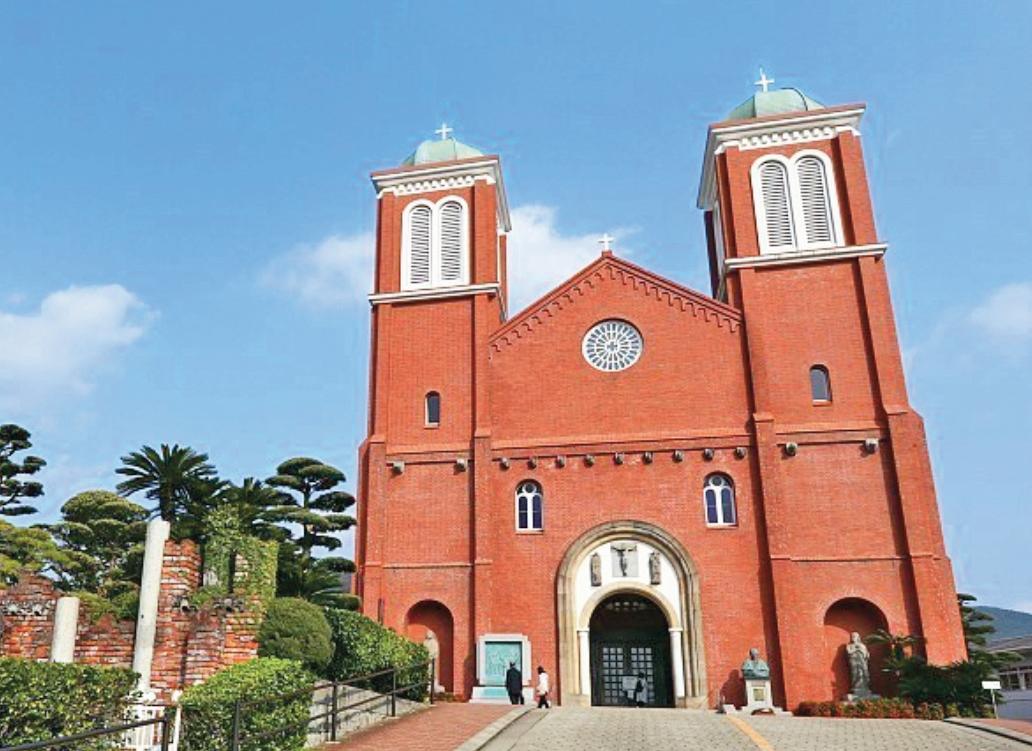
With this in mind, the Diocese of Nagasaki, together with the Diocese of Hiroshima, has begun a collaboration with the Dioceses of Seattle and Santa Fe in the United States, with the shared goal of a nuclear-free world. "I think it is very important to foster this kind of relationship and connection with others," Nakamura said.
The Japanese Bishops' Conference recently published a document on peace to commemorate the 80th anniversary of the atomic bomb. The document posed a question: "The horror and evil of war are evident to many, but we must learn from the experience of 80 years ago and remember that the ideas and values conveyed in everyday life changed public opinion and fostered conflict. "Is Japan truly on the path to peace today?"
For the Archbishop of Nagasaki, "considering the expansion of arms and the current educational system in Japan, it is difficult to affirm that the country is truly on the path to peace. Japanese society is also highly competitive, often dominated by the pursuit of profit and a marked materialism. In such a society, there is a risk of wars based on fighting and conquest."
The question posed by the Japanese bishops in the document stems from the recent deployment of missile systems in Okinawa and the Nansei Islands for defensive purposes. "Even in the Kyushu region, military bases are being strengthened for defensive purposes," the Archbishop specifies. When asked how young people are reacting to this military buildup, he asserts that "many young people, not only Catholics, lack a true understanding of how tragic and inhuman war is. Although peace education is taught in schools, it is mainly theoretical or purely factual. It was recently revealed that the Ministry of Defence has sent pamphlets to schools that explain in an accessible way the "necessity and legitimacy of defence."
For the Archbishop, the Church "must ensure that school education does not inadvertently
become biased and geared toward preparing for war, promoting the erroneous idea that peace can be achieved through military force."
In this context, Nakamura noted that "the Church has a duty to witness to love, forgiveness, and self-giving to others, not only with words, but through a concrete lifestyle."
During World War II, the Archbishop recalls, "Japan also committed cruel and despicable acts against other countries. However, at that time, in the face of these horrors, the Japanese Catholic Church was unable to express firm opposition or protest. One reason is probably that, during the war, Christians were called 'yaso' (a derogatory term for Christians, ed.) and discriminated against as 'unpatriotic.' Anyone who opposed the conflict, even nonChristians, was labeled as such. Despite this, I believe that, even at the risk of persecution, they lacked the courage and strength to cry out for peace."
"Today, however, the Episcopal Conference can and must spread messages of peace. And, of course, pray for peace. Following the visit of two Popes to Japan, the Japanese people have more deeply understood the important role of the Church in promoting peace. Sustained by the message and commitment of the Successor of Peter, the Church in Japan, a nation struck by atomic bombs, believes it can increasingly fulfill its duty as a messenger of peace."
In the latest episode of All Kinds of Catholic, Theresa Alessandro speaks with Jim, who is an American professor and a Catholic, who tells the extraordinary story of uncovering his grandfather's connection to the atomic bombing of Hiroshima and Nagasaki. This research took Jim to Nagasaki, 'the centre of Catholicism in Japan for centuries.' An awkward question from a Japanese Catholic there - a descendant of the 'hidden Christians' and whose father was a victim of the bomb - led to a beautiful project to restore 'the sound of the two bells ringing together' from the cathedral in Nagasaki, for the first time in 80 years. Jim says, 'It's really inspired a lot of people in terms of hope and peace and reconciliation.'
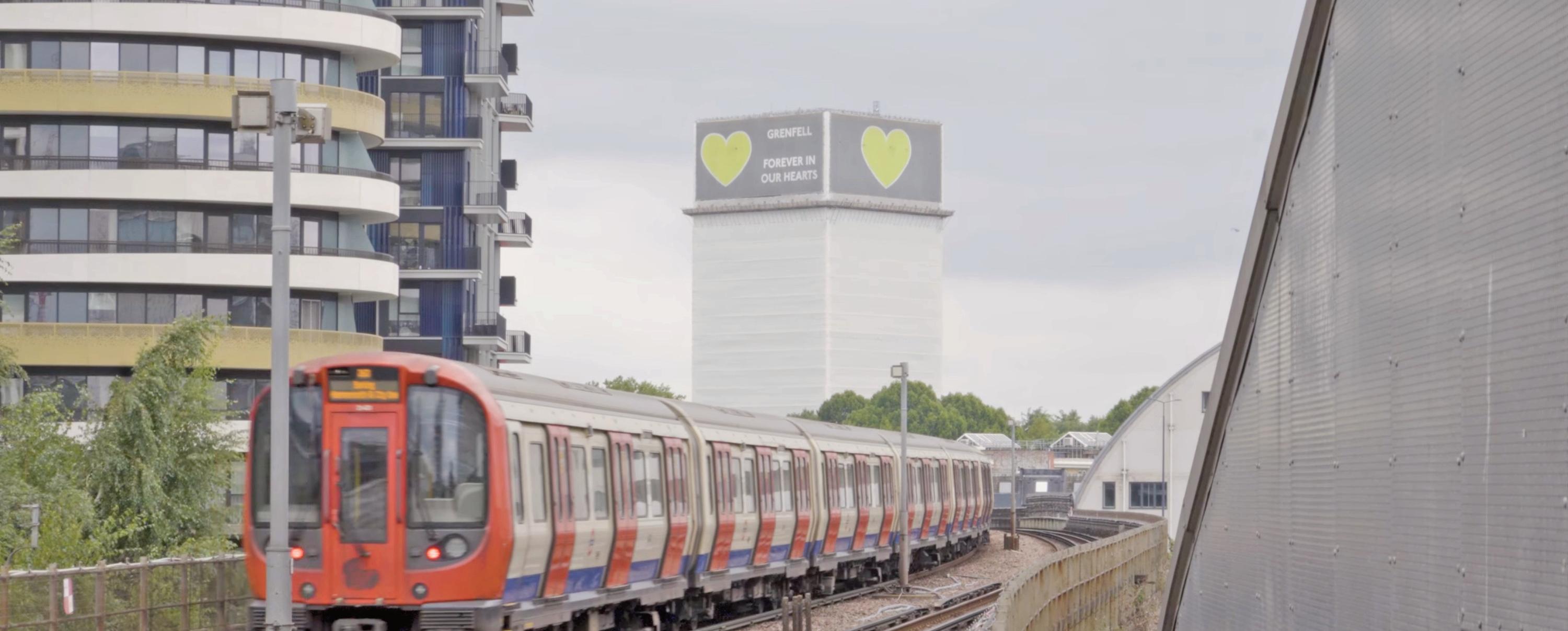
rcdow.org.uk
‘As a school we can’t get that politically involved but what we can do is come together and pray.’
How do Catholics respond to suffering? At All Saints Catholic College, just steps from Grenfell Tower, they have found consolation in art and creativity, which, for Stephen Bick, director of the Schola Cantorum, is because ‘it lifts the human heart up to God, and it also draws us together in our grief.’
This school has known its fair share of grief. With the remains of the Grenfell Tower block dominating the skyline around its area, the community continues to feel the effect of the devastating fire in June 2017 which claimed the lives of 72 people.
One student remembers seeing the smoke coming out of the building. For another, it was the memory not being able to swim in Kensington Leisure Centre, because ‘they needed it for a home for people who had lost their homes.’
Stephen shared that he’s ‘had students throughout my entire time at All Saints who I’ve known have lost somebody in the fire.’
But as the years go by, and students who were younger at the time of the fire enter the school, the community has taken care to honour the memory of the victims. This June, the school commissioned Sir James MacMillan to compose a new communion motet, setting the ancient In Paradisum text. The piece premiered at the anniversary Mass held at Westminster Cathedral, sung by the All Saints Schola.
Stephen explains why In Paradisum spoke so powerfully to the All Saints community: ‘We know that, as Catholics, when we go to heaven, Jesus will heal all the wounds of suffering that we experienced in this life, but also that he will bring everyone to share in the riches of his Father. Those who were poor on earth will no longer be poor in heaven. And that motet really spoke to us in our situation and to the poor of Grenfell Tower.
Founded in 2021, the All Saints Schola rehearses every weekday morning and offers
individually funded vocal scholarships by audition. For the young singers, the experience is as much spiritual as musical, drawing them into closer relationship with God. One student reflected that it had changed their faith in Jesus, and they had made lasting friendships.
When asked if they had enjoyed it, another student said, ‘I did enjoy it, but more than enjoy, it was an honour to sing and remember the people who died in the accident and the ones who are suffering.’
By encouraging the students at All Saints to sing, Stephen hopes that the students will be strengthened at times of suffering in their lives and reminded that ‘Jesus suffers alongside them and will one day, please God, welcome them into heaven.’
In singing, in creativity and in faith, All Saints Catholic College offers a living tribute to those lost at Grenfell, and a promise that beauty and hope can rise, even from the ashes of tragedy.
indcatholicnews.com
On Saturday night, 9th August, outside Downing Street, a large group of UK rabbis, including the UK's most senior progressive rabbis, protested the continuation of the war in Gaza. They used the fire, spices and wine of the ritual that ends Shabbat to pray in solidarity with the hostages and those Gazans being starved and suffering from lack of essential aid.
They prayed in English, Arabic and Hebrew with the hope of moving, 'from starvation to fullness, from desperation to hope, from darkness to light, from captivity to freedom. They proclaimed that war is dangerous for the hostages, dangerous for the future of democracy in Israel and dangerous for the hope of a future State of Palestine.
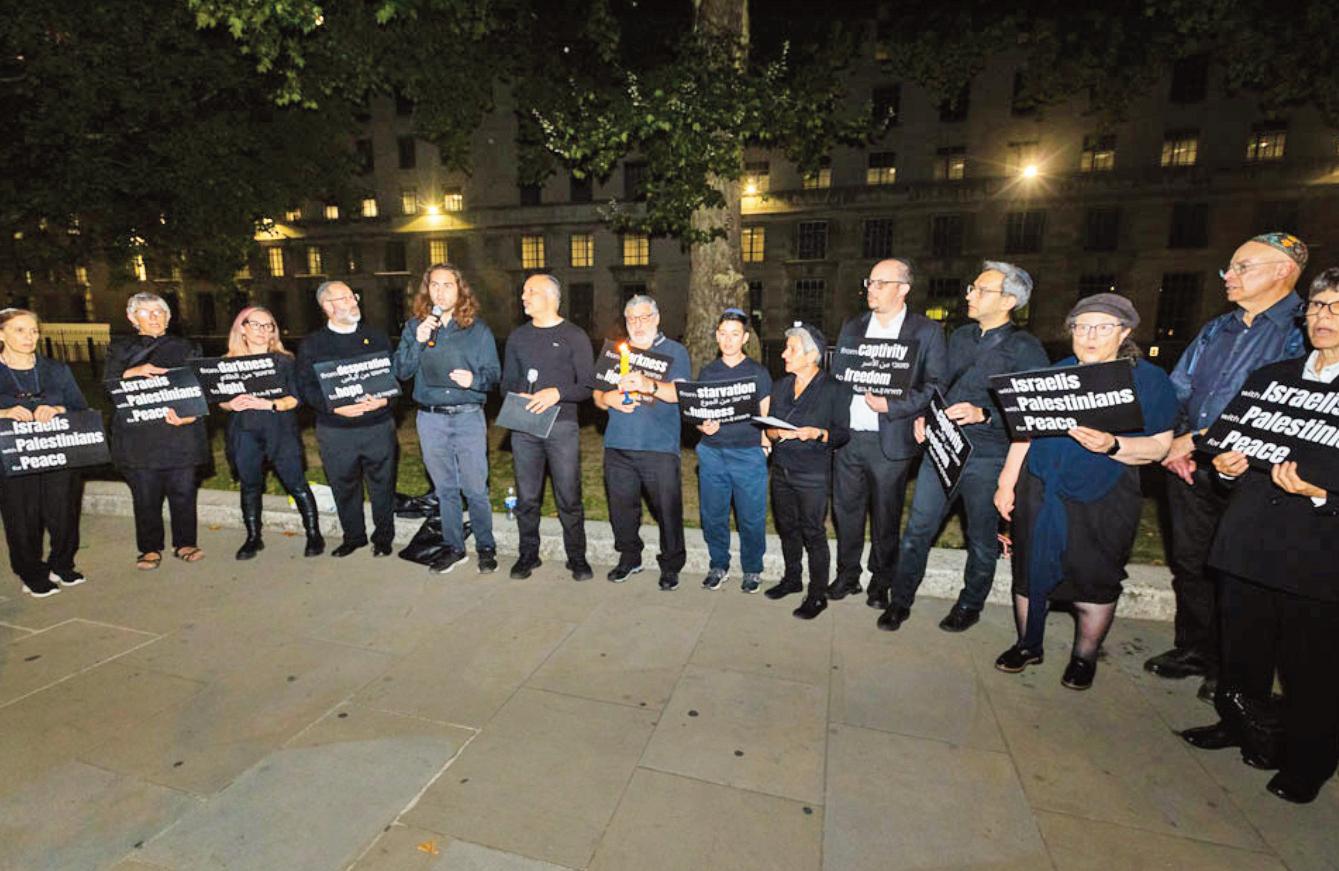
“It
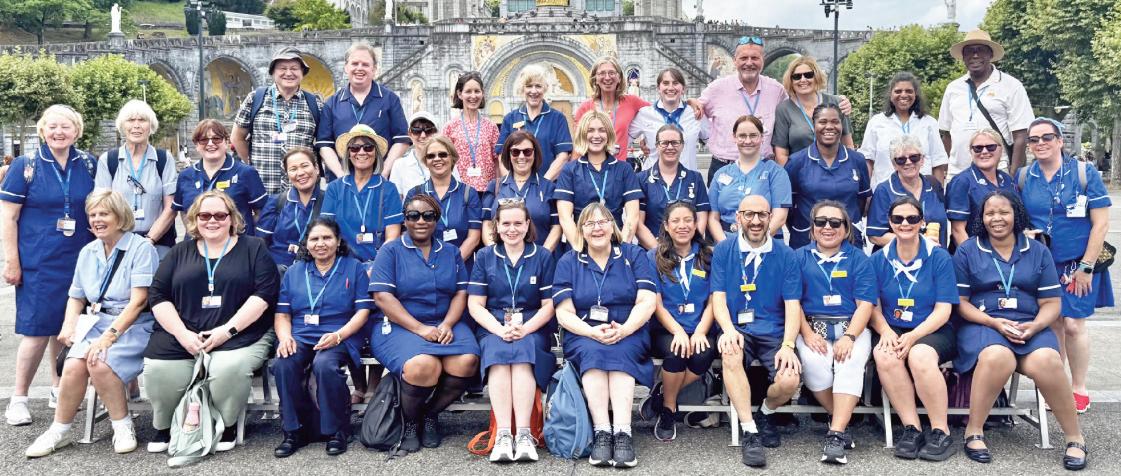
Brighton University
While rooted in Catholic tradition, the opportunity was open to nursing students of all faiths and none, offering a powerful and inclusive experience that focuses on shared humanity
Seven nursing students from the University of Brighton have returned from an eye-opening pilgrimage to one of the world’s most significant Catholic pilgrimage sites, where they spent a week providing compassionate care and companionship to pilgrims living with illness, frailty, and disability. From 25–31 July, the students joined our week-long annual pilgrimage, delivering round-the-clock, personcentred care in an emotionally rich environment far removed from the typical hospital ward.
Each year, between four and six million people travel to Lourdes – one of the world’s most significant Catholic pilgrimage sites – in southwest France. Among them this year, were approximately 700 pilgrims from our diocese, many of whom live with serious health conditions, disabilities, or frailty and require specialist support to make the journey.
From helping patients on and off the adapted "Jumbulance" coaches, to sitting quietly with those navigating profound personal journeys, the experience gave students a powerful insight into delivering care with empathy, presence, and respect beyond the clinical setting.
Anna Goacher, a BSc (Hons) Nursing (Adult) student, said: “Travelling to Lourdes as part of the international placement has been one of the most personal, emotional, and spiritually significant experiences of my nursing journey so far. From the moment I joined the group, I felt welcomed into a community unlike anything I had experienced before.
“My role was to support pilgrims in whatever they needed, whether that meant helping with personal care, joining them on a trip to the shop, offering a listening ear, praying alongside them, or singing 'Happy Birthday' to celebrate their special moments. Even for those who are not Catholic, the energy of Lourdes teaches something profound about compassion, connection, and humanity.
“The care I witnessed and participated in here was unlike the pace and focus I often see in the NHS. In Lourdes, person centred care is a way of life. Leaving Lourdes, I carry with me not just clinical skills and experiences, but a renewed sense of the nurse I want to be, someone who prioritises compassion, respects individuality, and sees the person before the
condition. Lourdes reminded me that nursing is, at its heart, a human and loving act, and that is something I will never take for granted.”
Natalie Timmerman, a BSc (Hons) Nursing (Adult) student, added: “I looked after a gentleman who’d been dreaming of coming to Lourdes for years. Despite his health issues, his spirit was unshakable. Moments like that stay with you – they remind you of the human side of healthcare that textbooks can’t teach.”
Priyachakshu Radulescu, a BSc (Hons) Nursing (Adult) student, said: “I come from a richly diverse background – Romanian and Roma Gypsy heritage, part of the LGBTQIA+ community, and an ordained Buddhist. In Lourdes, every part of me was seen, accepted, and truly welcomed.
“To be embraced by such a strong community – one rooted in care, hope, and faith – made me reflect deeply on how I want to practise as a nurse. I can absolutely see myself returning year after year. The friendships we formed there are lifelong.”
This was the first time the students joined the dedicated care team of more than 150 healthcare professionals and volunteers on the pilgrimage. Their participation was made possible through a new international placement opportunity offered by the university’s School of Education, Sport and Health Sciences, which counts toward students’ professional practice hours while immersing them in holistic, person-centred care.
Sarah-Jane Ryan, Head of Practice Learning and Development for Health and Sport courses at the University of Brighton, who led the development of the placement, said: “Experiences like Lourdes are the future of nursing education – grounded in real-life complexity, diversity, and human connection. They prepare our students to lead with both competence and compassion.
“As these students move into the workforce and their final year, they carry with them not just clinical skills, but a deeply rooted understanding of what it means to care in the fullest sense. This kind of immersive, personcentred placement builds the resilience, empathy, and adaptability that today’s healthcare environments demand – and that truly set our graduates apart.”
Emma Moon, Chief Nurse for the Arundel & Brighton Lourdes Pilgrimage said: “To our seven pioneers – you have all been amazing and such a positive addition to our pilgrimage. Thank you so much for all the loving care and support you have given to all our pilgrims."
As they return to the wards and classrooms, these students carry a new lens through which to view care itself. This experience not only reflects the University of Brighton’s commitment to nurturing empathetic and resilient healthcare professionals but also leaves a lasting impression that will continue to shape their future practice.
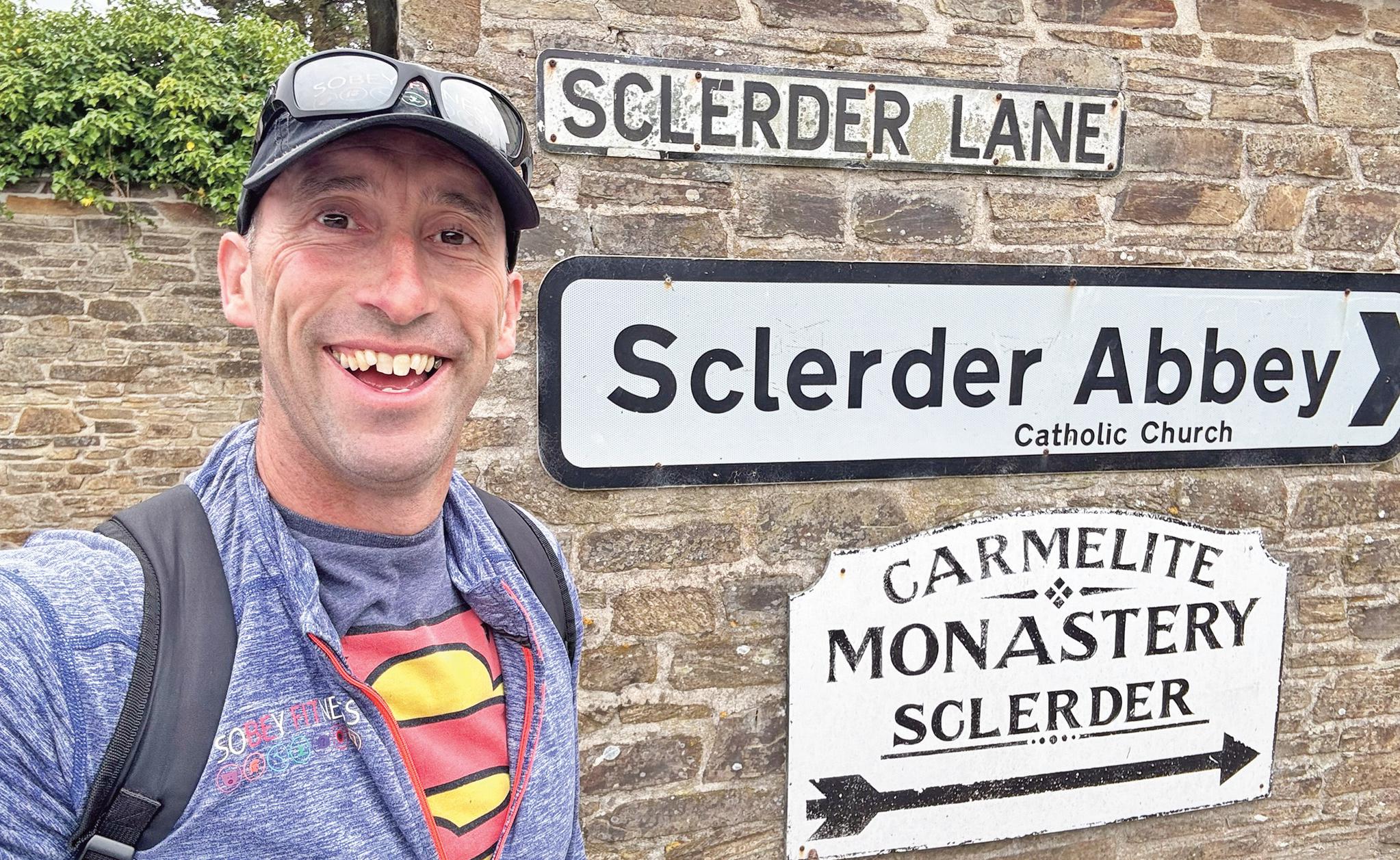
constant connection. But perhaps that’s exactly why it’s so powerful.
Not just physical, but mental, emotional, spiritual.
I’ve just returned from my latest silent retreat — not merely an absence of sound, but a gentle shedding of the self. An opportunity to sit in contemplative stillness and let the mental clutter and inner noise melt away.
A great chance to create some ‘mindful’ ‘mind space’.
I’ve been going on retreats since 2012. I’ve missed a few years (the pandemic didn’t help), and on some years I’ve even managed more than one. But every time I go, I’m reminded why it matters.
And each retreat, builds on the ones that came before.
People often ask me:
“Why?”
“I don’t get it.”
“What’s the point?”
Good questions. I’ve asked them myself.
The idea of sitting in silence for an extended period can seem odd — especially in a world that praises busyness, productivity, and
We are full — of noise, opinions, to-do lists, and background distractions. And when we’re full of noise, it’s hard to hear anything meaningful — our own thoughts, our inner wisdom, or whatever name you give to that deeper voice inside.
Silence isn’t emptiness. It’s spaciousness. It’s about making room. It’s learning how to listen.
And once you do, it changes how you hear everything — even after you return to the socalled “real world.” You start to cut through the static. You become more present, more attuned. You start to really hear people — and yourself.
The point of a retreat isn’t to achieve anything specific. No goals, no productivity hacks, no ticking boxes. It’s simply the chance to be.
There’s a beautiful line attributed to Jesus: “Come away by yourselves to a quiet place and rest awhile.”
That’s what a retreat is — rest.
You come as you are — no masks, no performance, no need to explain yourself. Even though others are there, the silence creates space for deep personal contemplation without interruption.
In that space, things rise to the surface: Gratitude, appreciation. Grief.
Unfinished business. Moments you didn’t know you were holding on to.
And also — joy. Peace. A deep sense of “enough-ness.”
Even something as simple as eating becomes mindful. In silence, every bite is a meditation. You taste more. You notice more. You find gratitude in a carrot — not just for the flavour, but for the whole journey: the seed, the soil, the sun, the farmer, the cook… the life that becomes nourishment.
So when someone says, “I don’t get it,” I understand. It can feel awkward at first. Boring, even. That chattering mind doesn’t go quietly. But if you stay with it — something shifts. You
start to notice what’s in the gaps between your thoughts. A breath. A birdsong. A phrase from a book that lands differently. A memory returning. A tension easing.
Silence isn’t the absence of life. It’s a return to it.
Spiritual or mindful practices aren’t about escaping reality — they’re about waking up to it. About seeing the goodness and meaning in the ordinary. And that’s hard to do when your head is full.
But we can learn. We can practice.
You don’t need to disappear for a whole weekend to begin. Just try this: Set a two-minute timer on your phone. Close your eyes. Breathe. What can you hear? Smell? Feel — in your body, your emotions?
Silence isn’t about shutting the world out. It’s about turning down the volume long enough to hear what really matters.
And you don’t have to be perfect. Fidgeting is fine. Thoughts will come. Just be willing to pause. That’s all it takes.


You can use both sets of clues to solve the puzzle: the solutions are the same.
CRYPTIC Across
1 Enemy of Gideon's defeated during the witching hour, said one (9)
6 Musical about a High Priest (7)
7 Riddle to penetrate? (5)
9 Change in a little while going back to protect the testament (5)
10 Fielder's body parts used to take wickets in the end (3,4)
11 Foot part's essential to dancing, they say (6)
13 Grand aura about directions for the Holy Roman Emperor (6) 16 Hymn book each sailor kept (7)
18 One has a habit of getting into minicab bother (5)
20 Harsh being back at sea (5)
21 Bigbrewersarenuts,ridiculous(3-4)
22 Tyre here company backs after one phone order (9)
CRYPTIC Down
1 Recommendation when weather's bad in French wine area? (5)
2 Poles follow east Maine river banks to estate (7)
3 Saint Poles back from 2, and the Spanish, see in the morning (6)
4 One's no good in charge at first, but is very sweet (5)
5 Christian Roman's spreading mostly rubbish between Europe and America (7)
6 Paul's fellow soldier damaged pup's chair (9)
8 It runs in Iraq on Brussels tariffs top two phones supported (9)
12 Disturbance with fish supper only half wolfed down (5-2)
14 Spooks wreck a comeback, totally, for ancient language (7)
15 Frenchman's to the fore in Brexit – real European traditionalist on nationality (6)
17 'Beat retreat' code-word (5)
19 Gunners in the ascendant during support for Hebridean island (5)
QUICK Across
1 One of a tribe from whom Moses took a wife (9)
6 High Priest who opposed the Maccabees (7)
7 Soak;suffuse(5)
9 Eurofractions?(5)
10 Close fielding position in cricket (3,4)
11 Arch area of the foot (6)
13 The ------'s War: alternative, now dated, name for World War I (6) 16 Book of hymns or poems associated with the Old Testament (7)
18 Archimandrite;prelate(5)
20 Demanding;forbidding(5)
21 Large vats for steeping and serving beverages (3-4)
22 Ancient Levant maritime country with ports at Tyre and Sidon (9)
QUICK Down
1 Town noted for its Chardonnay and Pinot Noir/Gamay Burgundies (5)
2 Manorhouse;estate(7)
3 Abbot of Bec who became Archbishop of Canterbury in 1093 (6)
4 Cupcake topper (5)
5 Roman Christian who sent greetings to Timothy via Paul... (7)

6 ...and Christian at Colossae cited by Paul (9)
8 Western river boundary of Mesopotamia (9)
12 Organize a new restructure(5-2)
14 Language probably spoken by Christ (7)
15 French, previously Armorican (6)
17 Staccato, energetic, South American dance (5)
19 Outer Hebridean island home of Dad's Army's Private Frazer (5)